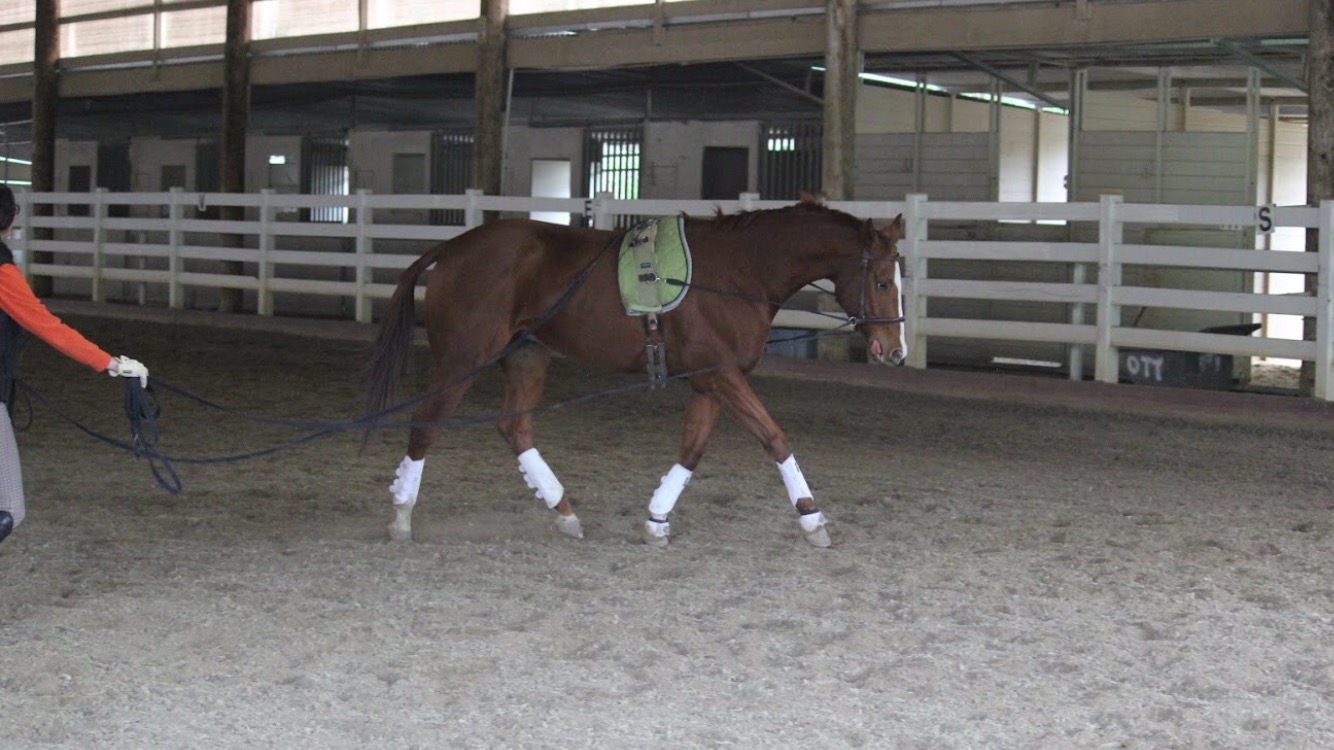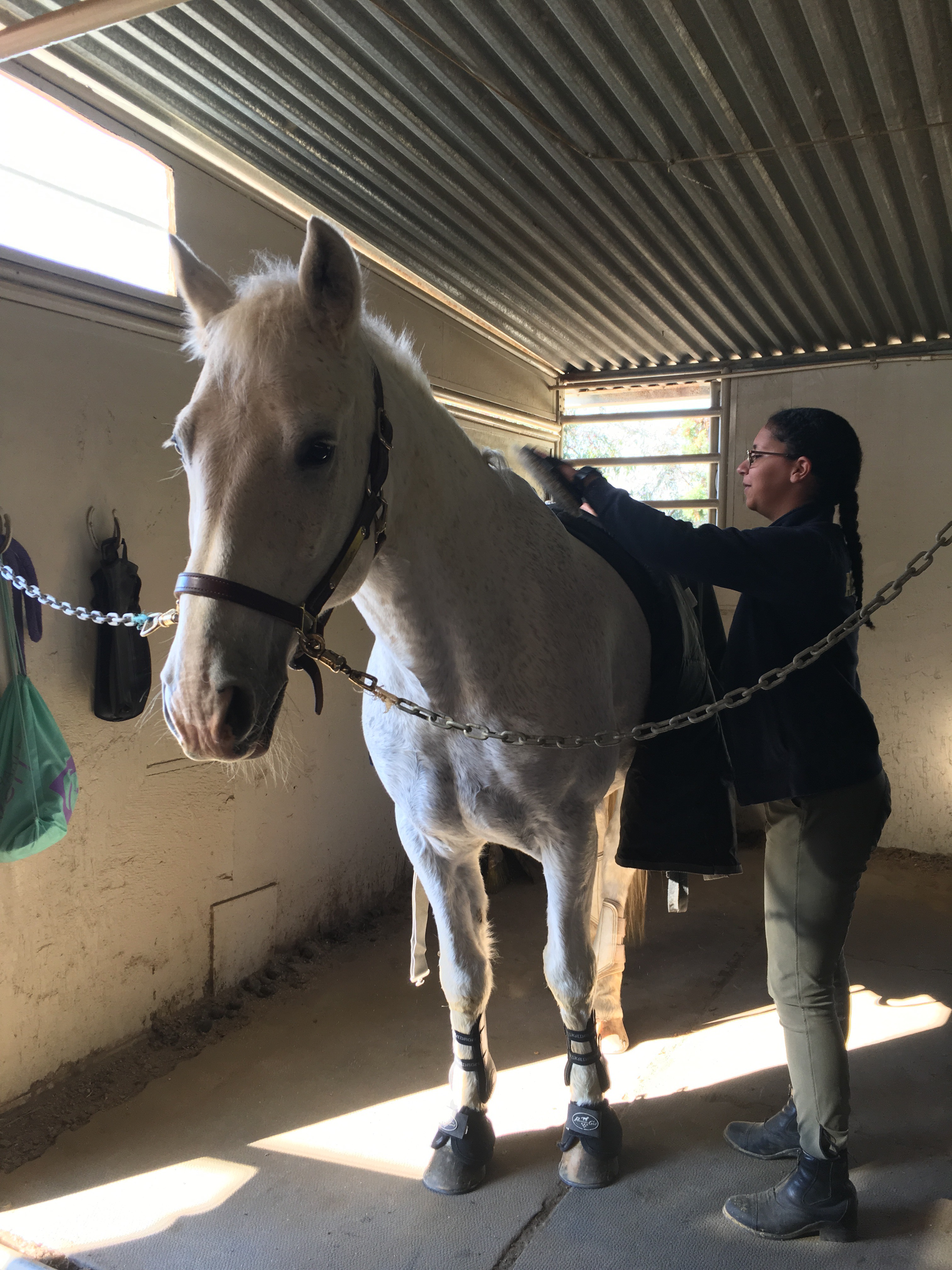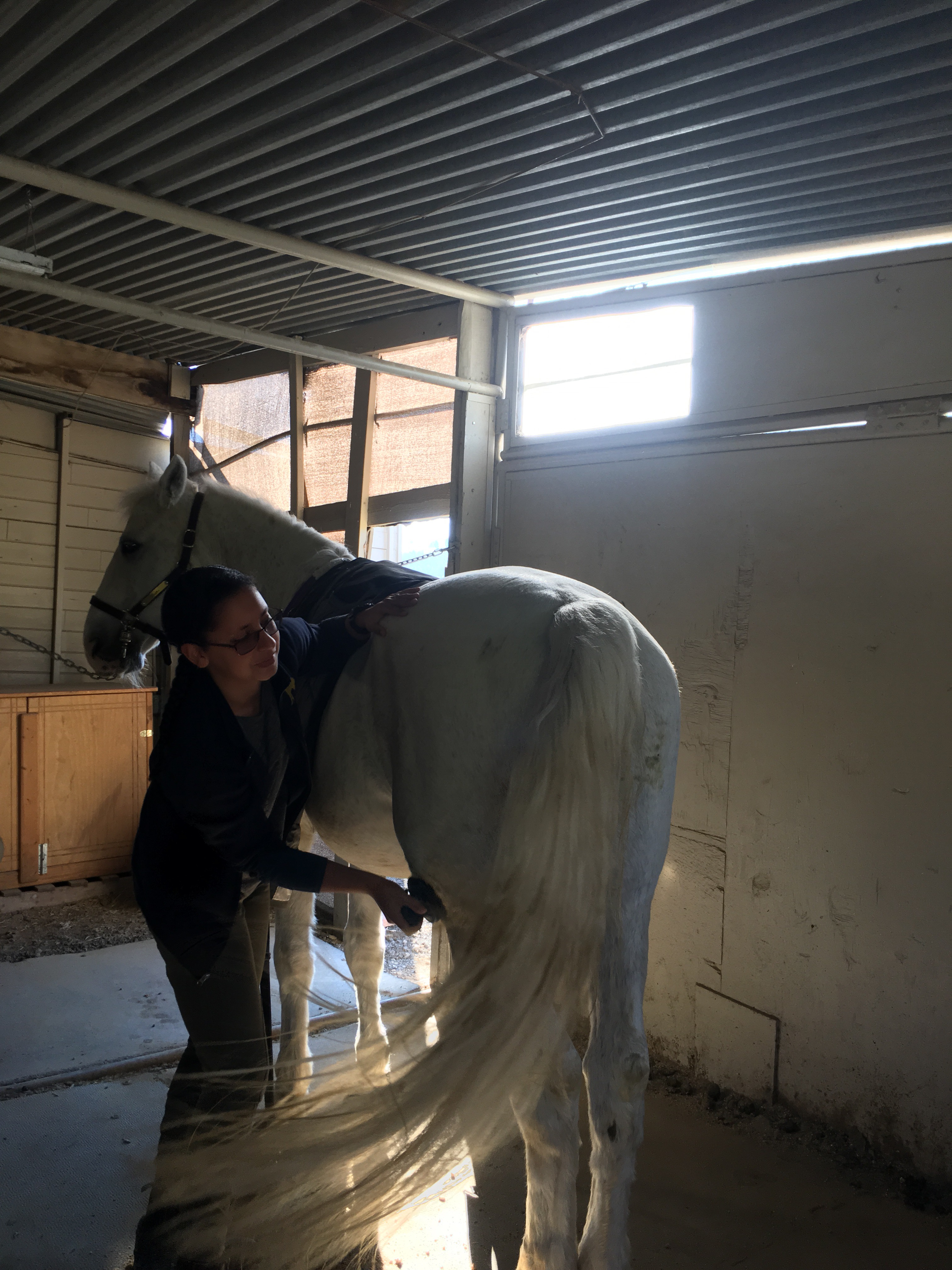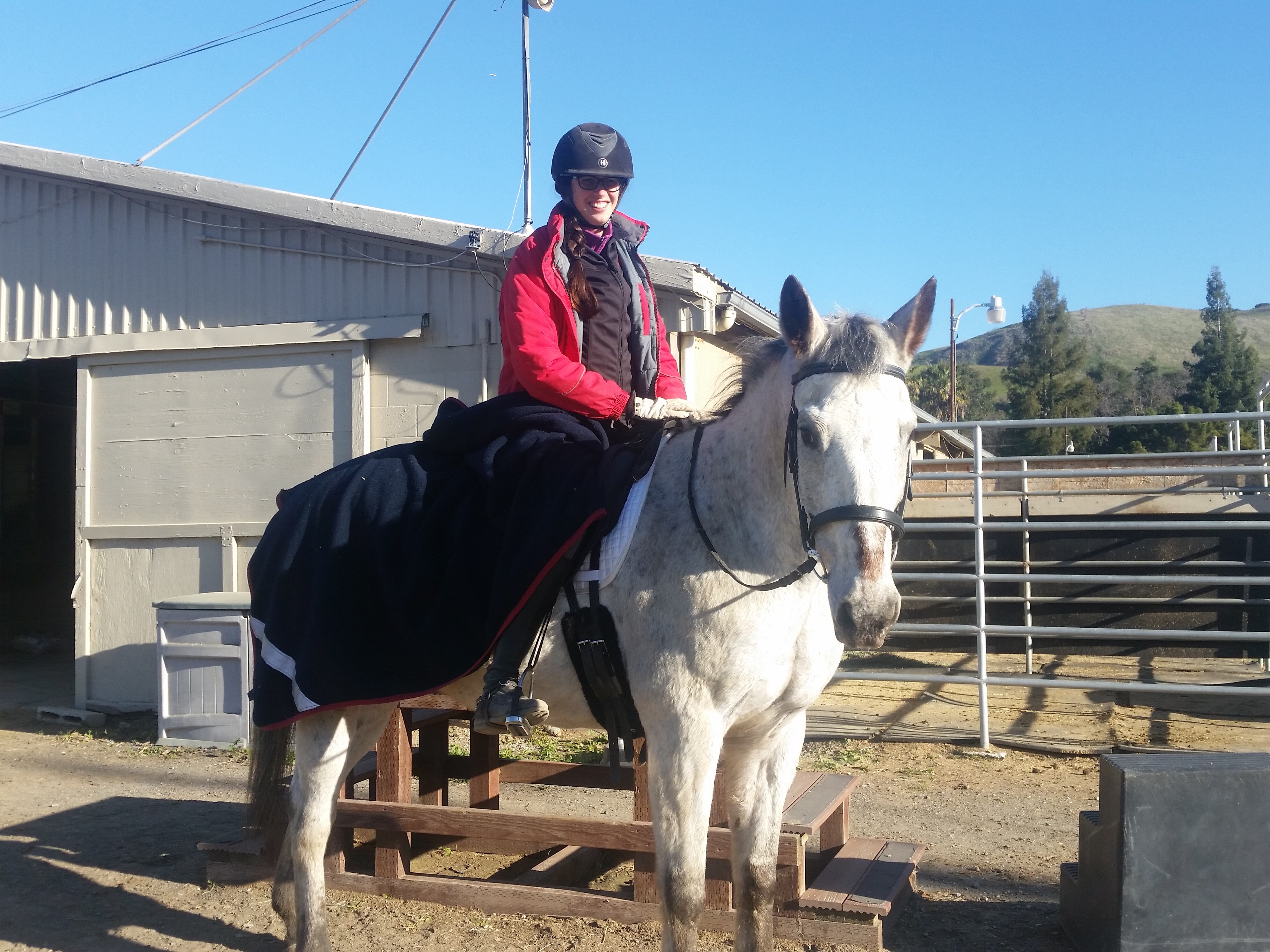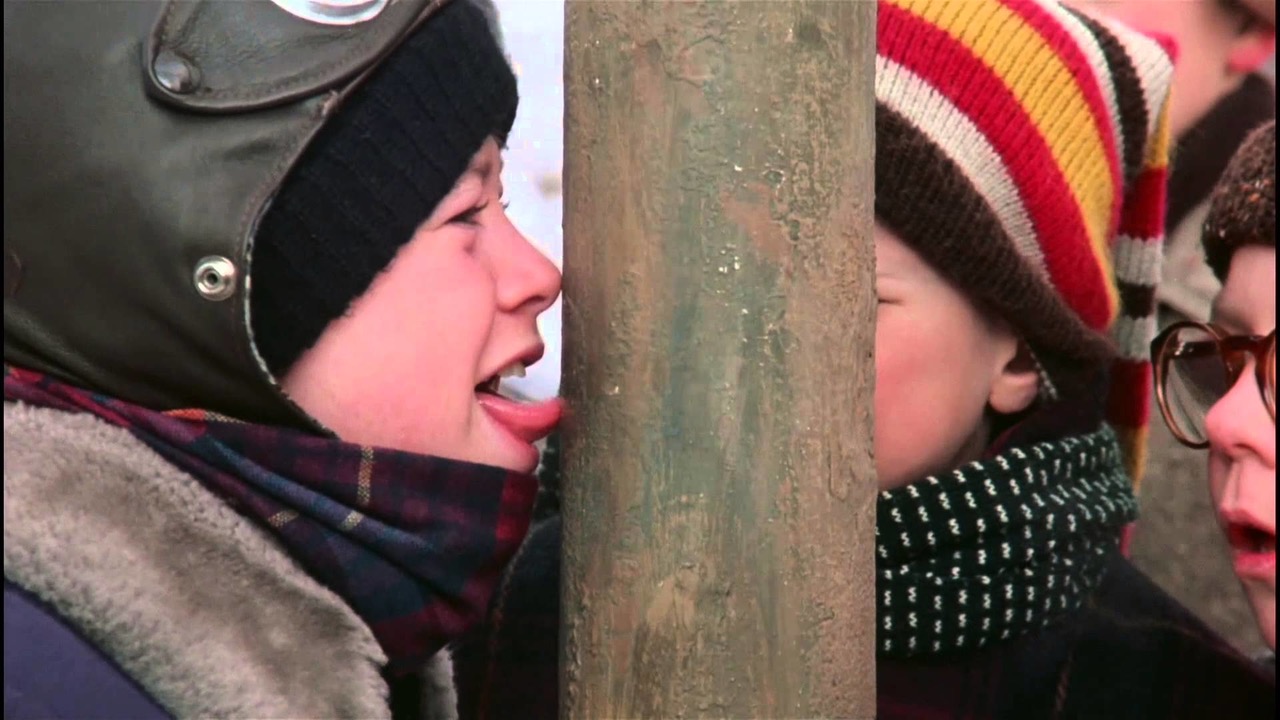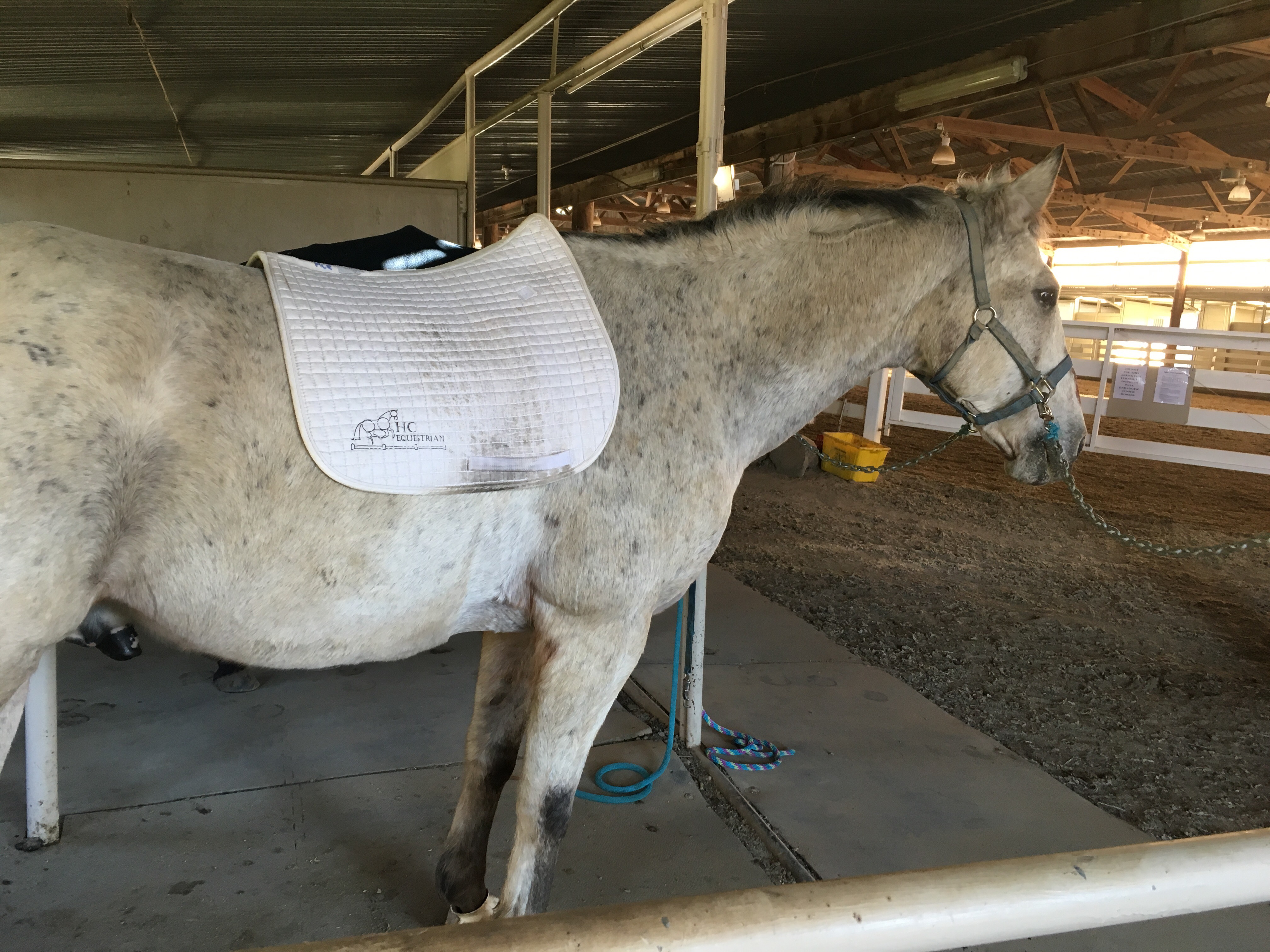When I was a teenager in the 1996, I was often assigned to drive my dad’s 1981 Lincoln Town Car. While driving a fifteen year old car really doesn’t sound that bad, I’m pretty sure Adam Sandler wrote a song about this particular Piece of Shit Car. Incidentally, this song came out the year I got my driver’s lisence, and I heard it for the first time while I was piloting the land yacht up highway 680 in Walnut Creek.
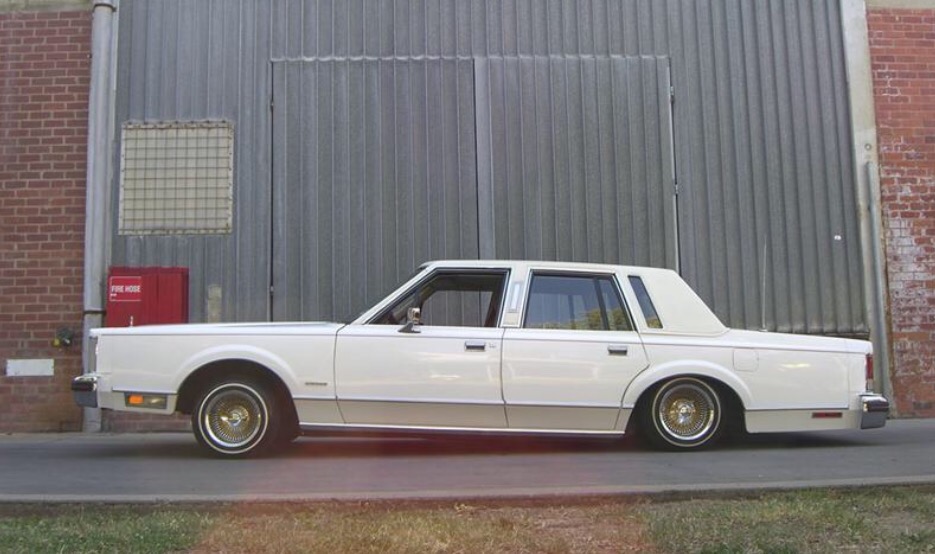 This is a 1981 Lincoln Town Car.
This is a 1981 Lincoln Town Car.
While my friends were listening to Nine Inch Nails on their cars’ CD players, I was bumping Floyd Cramer on the 8-track. I couldn’t listen to the way cooler Best of Blondie 8-track because old Floyd was stuck in there forever and never coming out.

Oh, you don’t know who Floyd Cramer is? I’ve never met anyone who was into him born after 1931. My dad listened to him while driving his RV, and my grandpa listened to him while getting drunk in his garage. I listened to him while being a subversive goth teenager on my way to Catholic all-girls school.
I digress. I drove this leviathan of a car, which was often mistaken for a limo. I once got 13 people in it! The gas gauge didn’t work, the driver’s window didn’t open, and the head liner sagged and tickled my head. Good thing I wasn’t a tree-head goth, my hair wouldn’t have fit in the car.
 Robert Smith of the Cure is the quintessential tree head
Robert Smith of the Cure is the quintessential tree head
In the winter the sun roof leaked on me, and in the summer my black polish would melt off my fingers if I had to drive up the grade to Clayton… If I didn’t turn the heater on, the car would overheat. Every time I drove the car, I had to lift the hood to put power steering fluid in. Stops had to be planned out a quarter mile in advance. I even had a mouse that lived in the door panel, and would jump out, then back in, whenever I shut the door.
I don’t know who decided to call this behemoth a “town car”. Maybe a town with large parking spaces and no traffic. What reason could there possibly be for having a seven foot long hood? Why does each revolution of the steering wheel only turn the car thirty degrees?
Right now Blue reminds me of this ’81 Town Car. His neck is really long like the hood of that car. I need to check on his power steering with rein yields before I mount every time. Even so, the steering is still quite loose, with large moves required to turn the slightest amount. Stops have to be planned for well in advance, even still we often overshoot the mark.
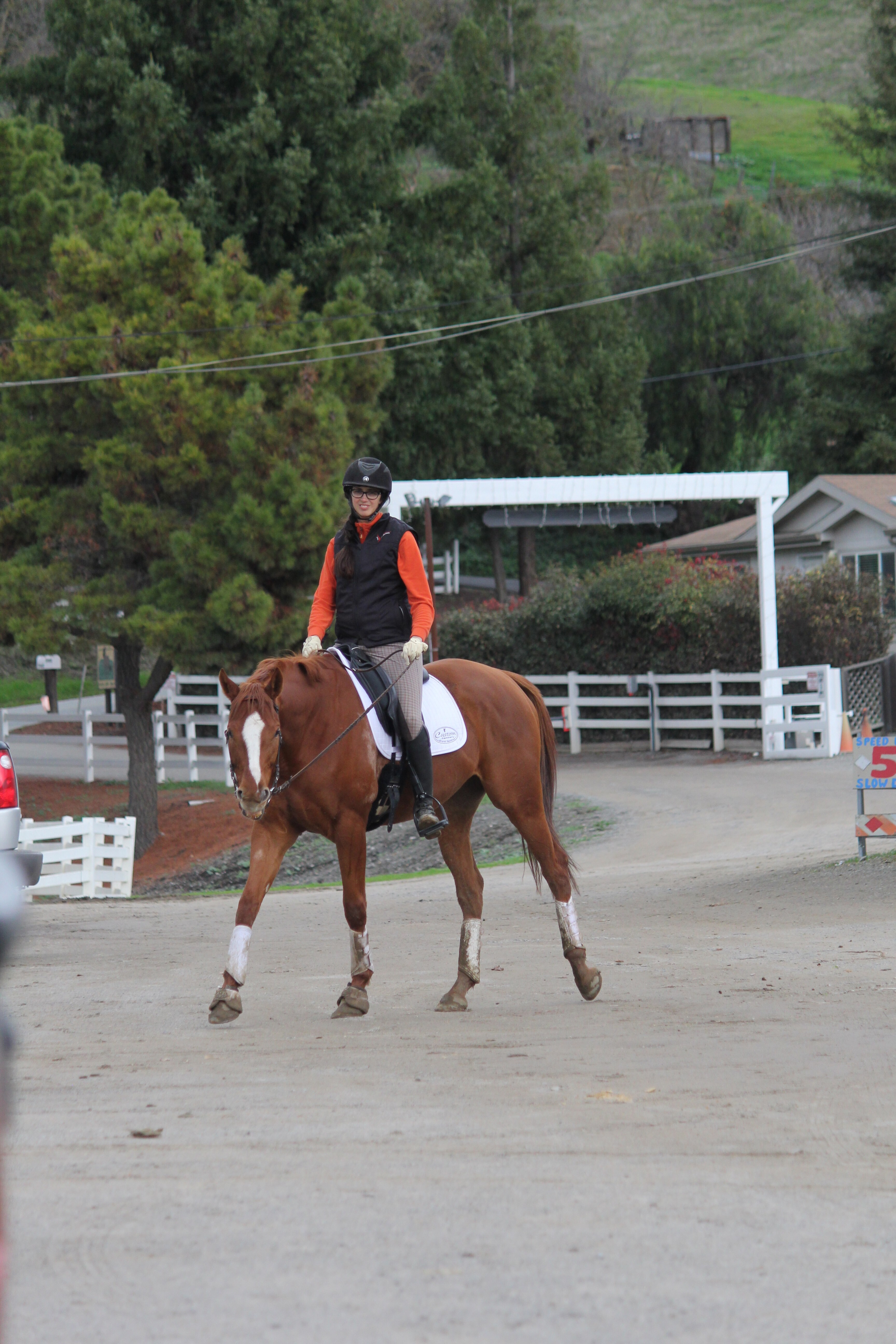 A big move for not a lot of turn
A big move for not a lot of turn
The cool thing about horse training is that I get to make Blue better. While my dad’s car declined into a project for the local high school autoshop class, Blue is going to advance and become very fined tuned. One day I’m going to be comparing him to the 2017 Lincoln Town Car. Blue will have tight and subtle steering. He will stop cleanly on short notice. His body will become rounder, more balanced, and more beautiful. Best of all, riding him will be a relaxing experience, and I will be humming Floyd Cramer as we ride around in elegant harmony.
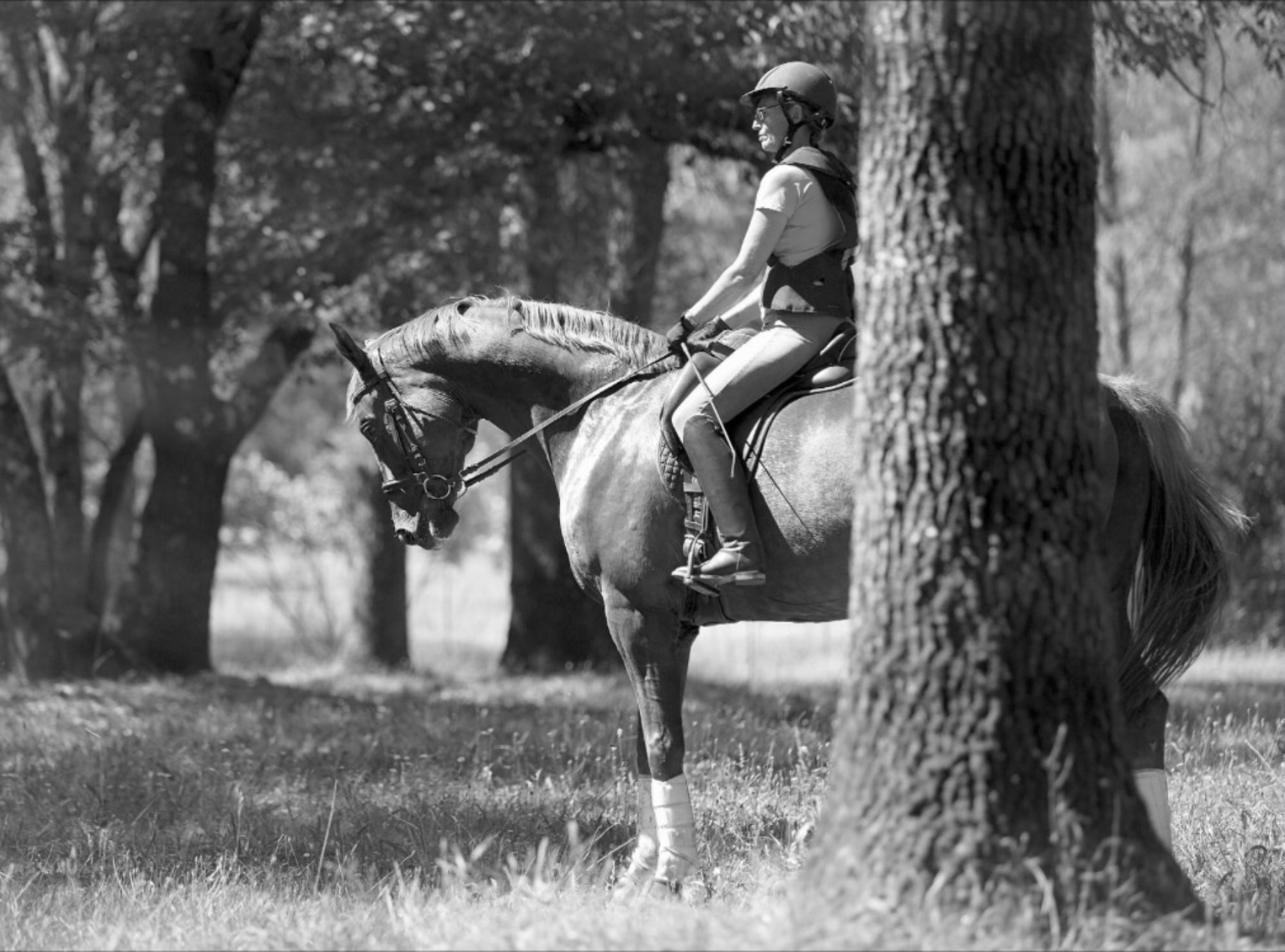
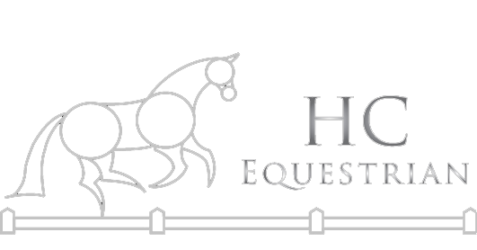

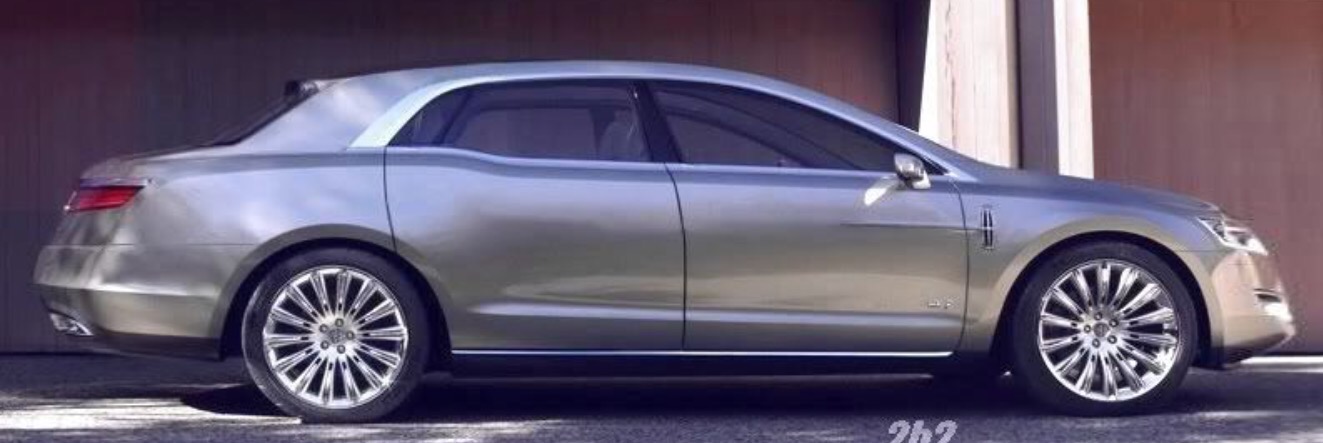
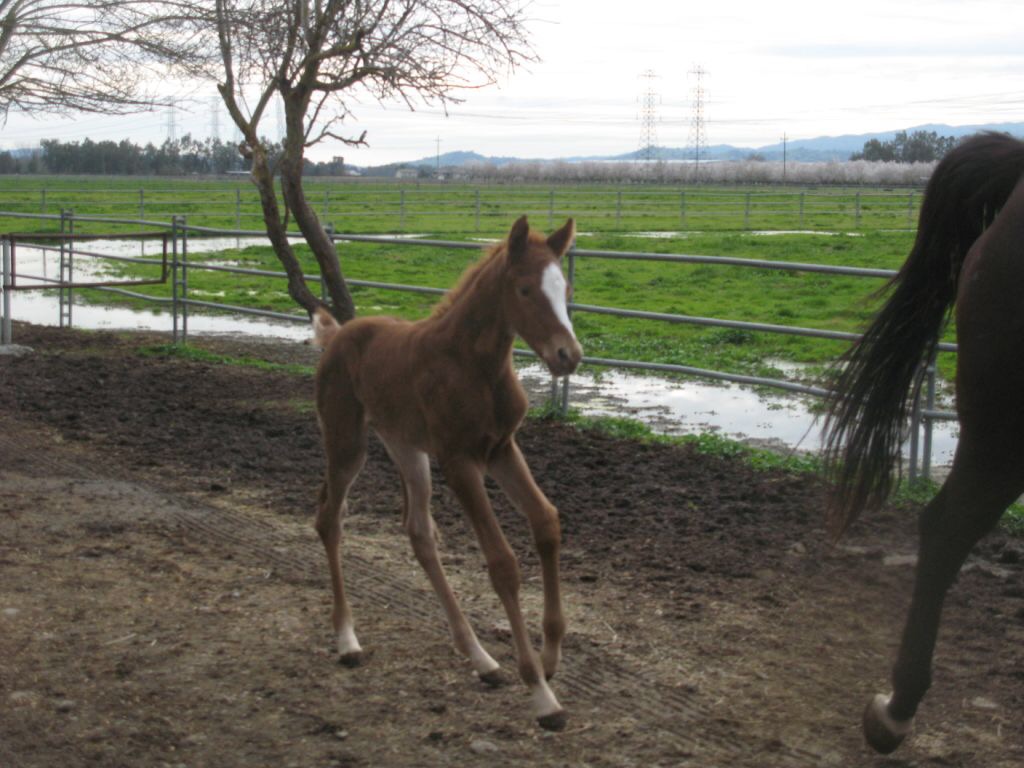
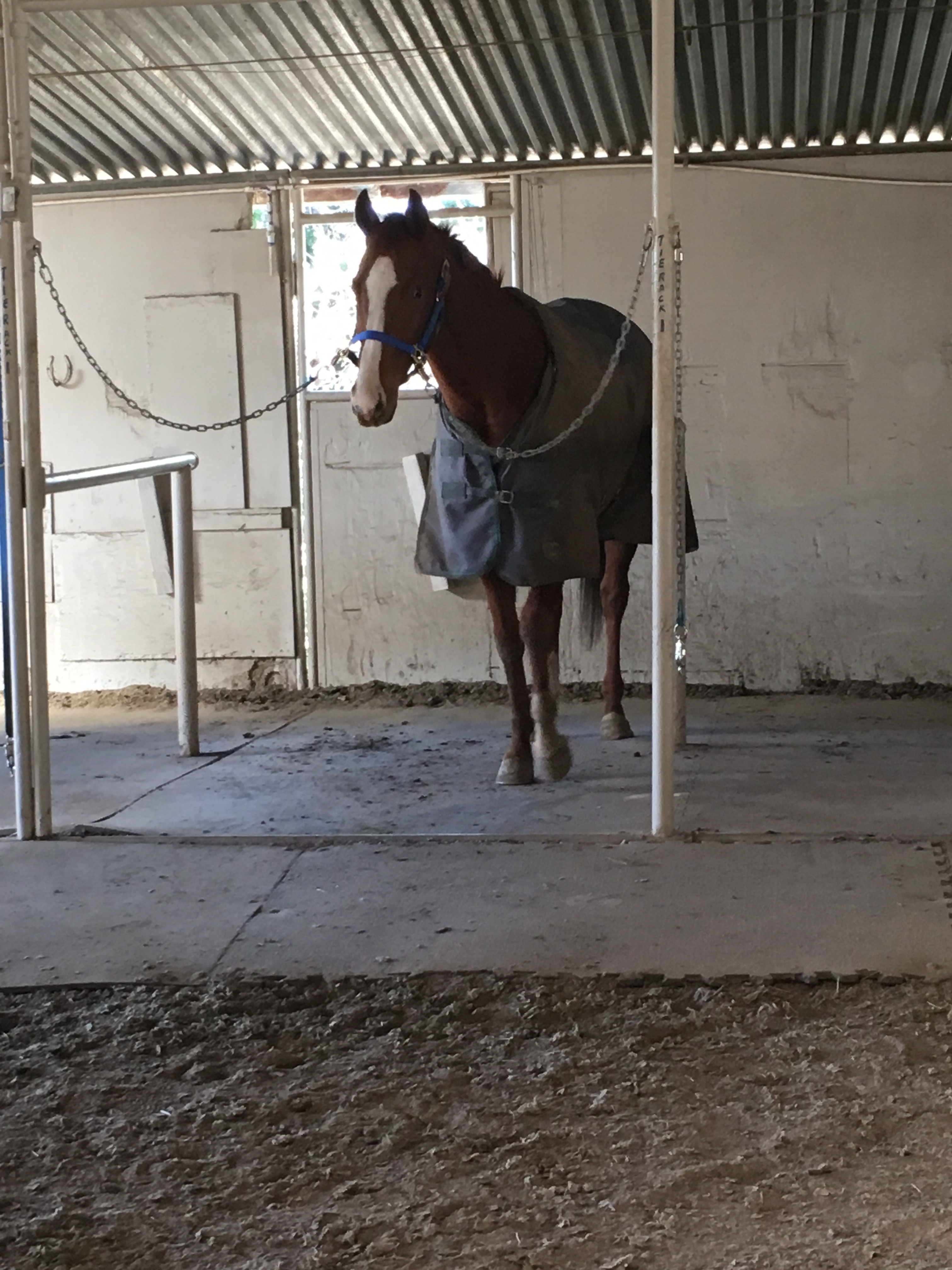
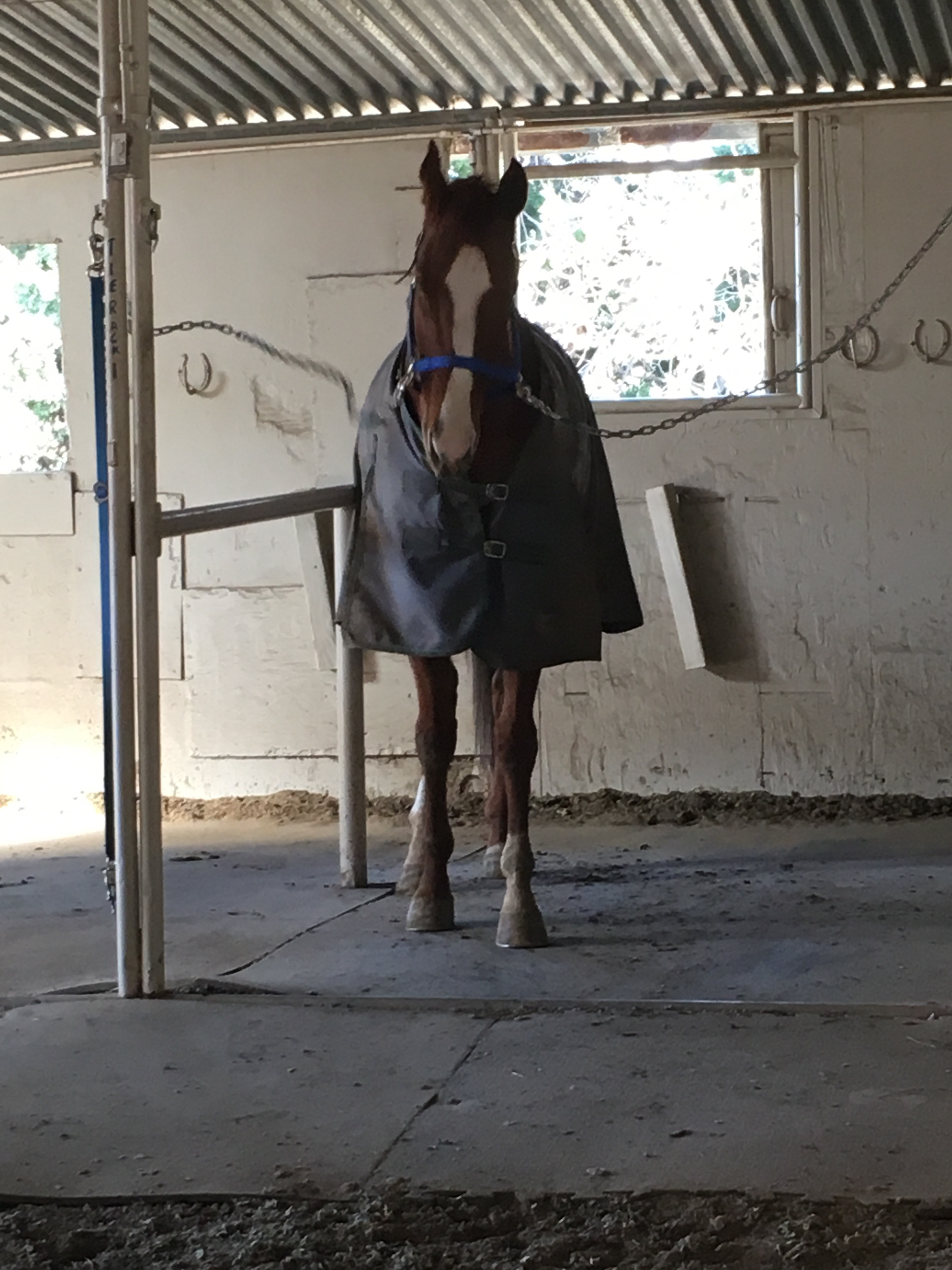 He rattled the chains
He rattled the chains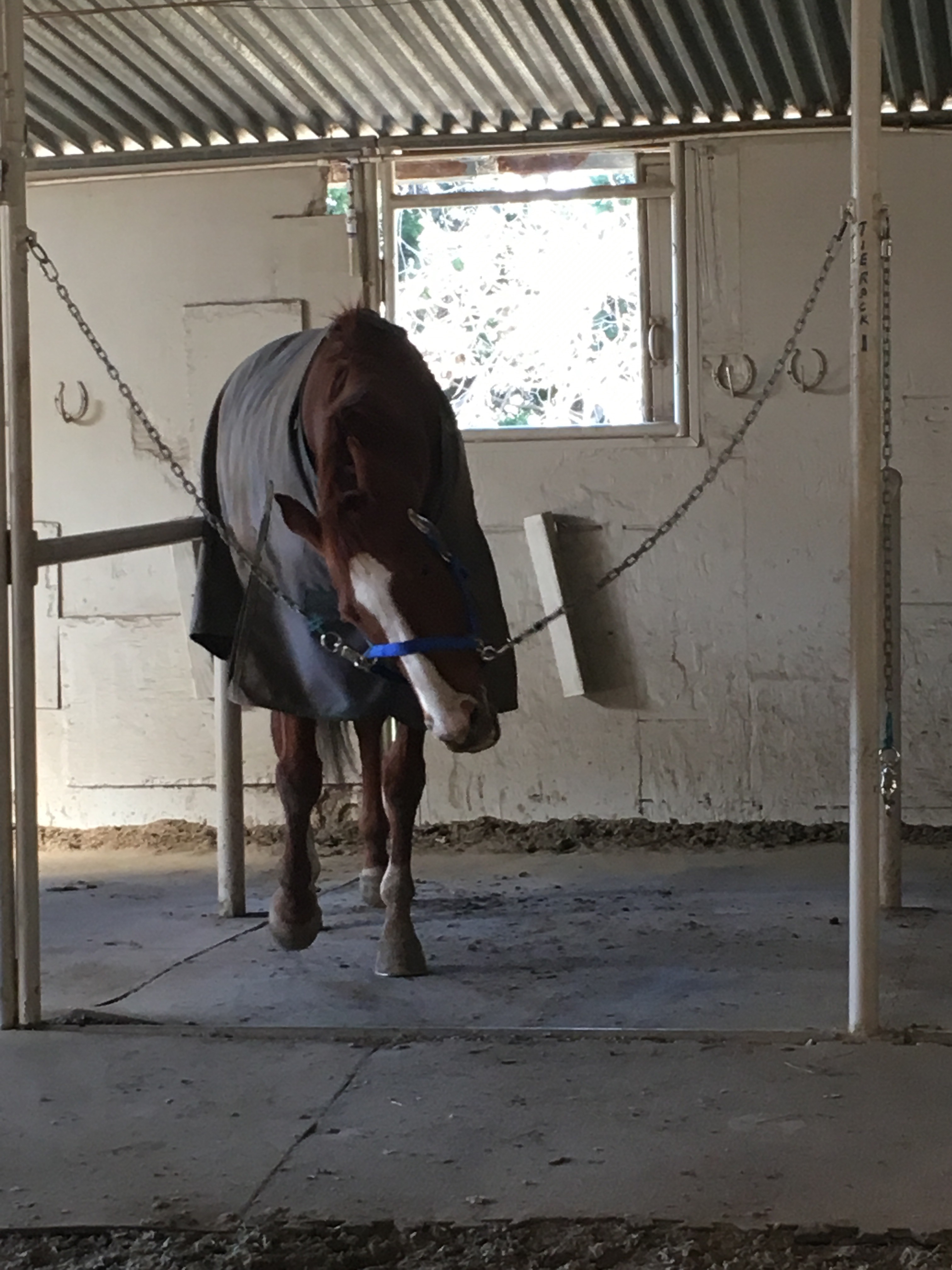 He made faces
He made faces 
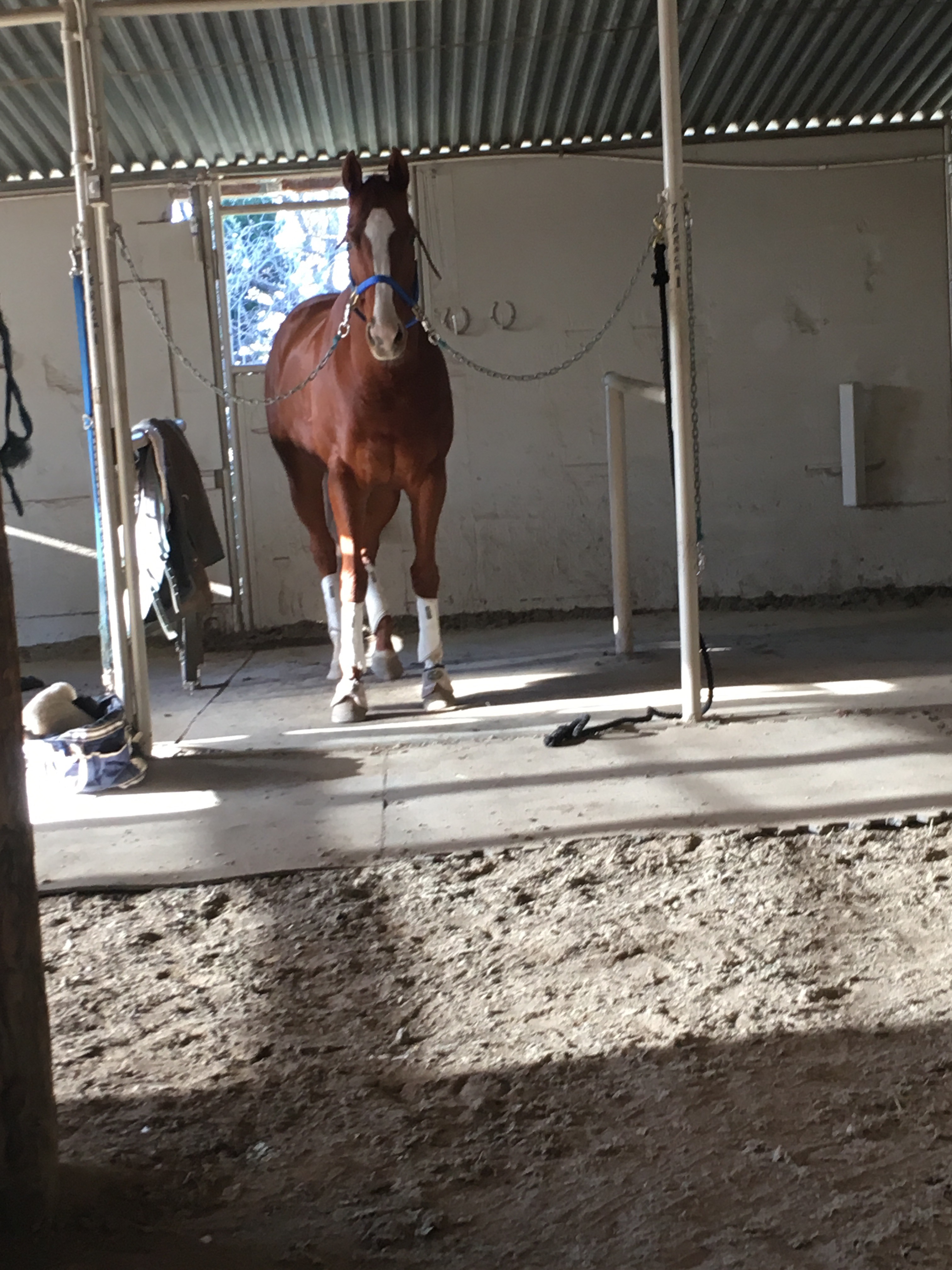
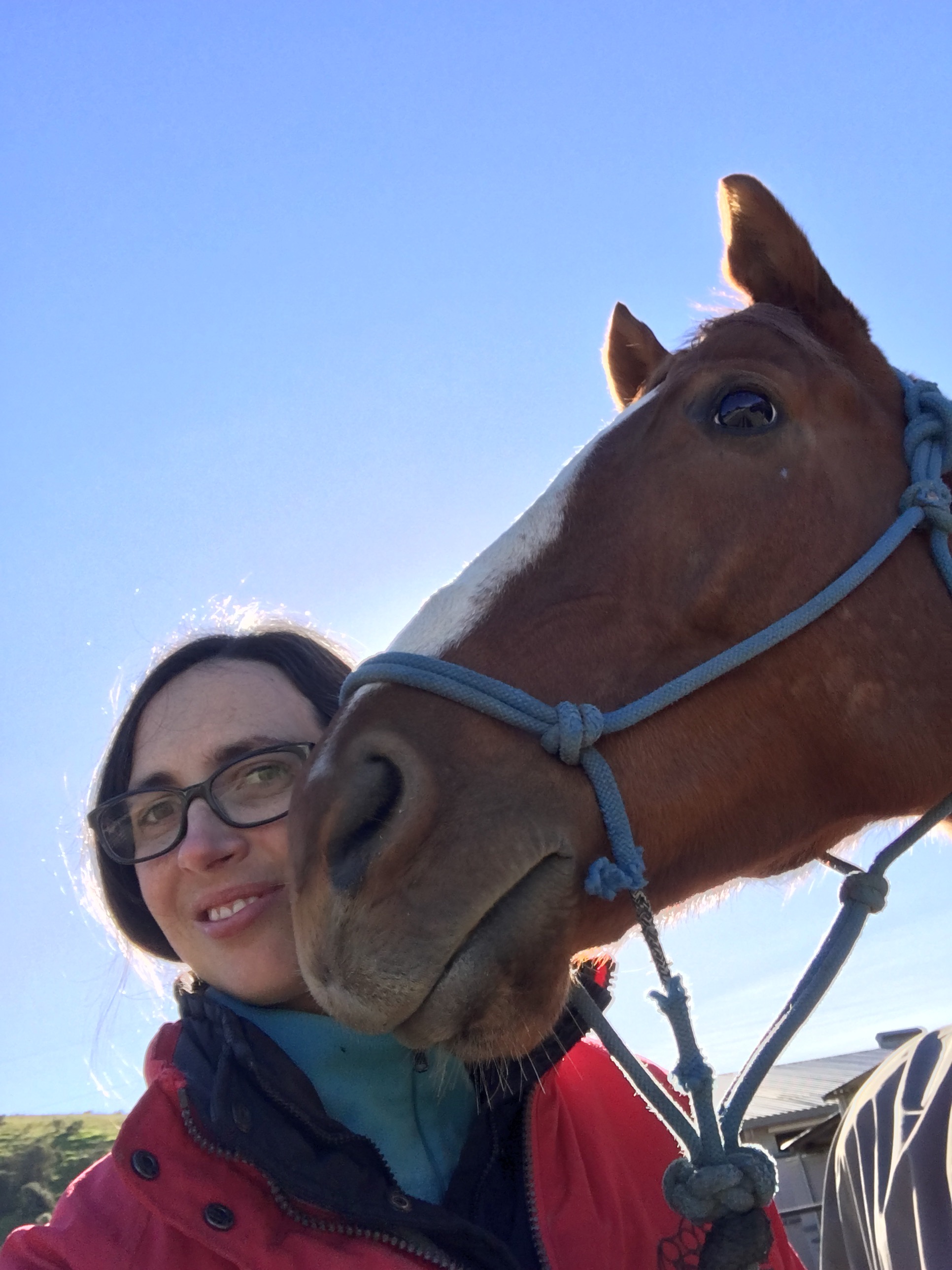
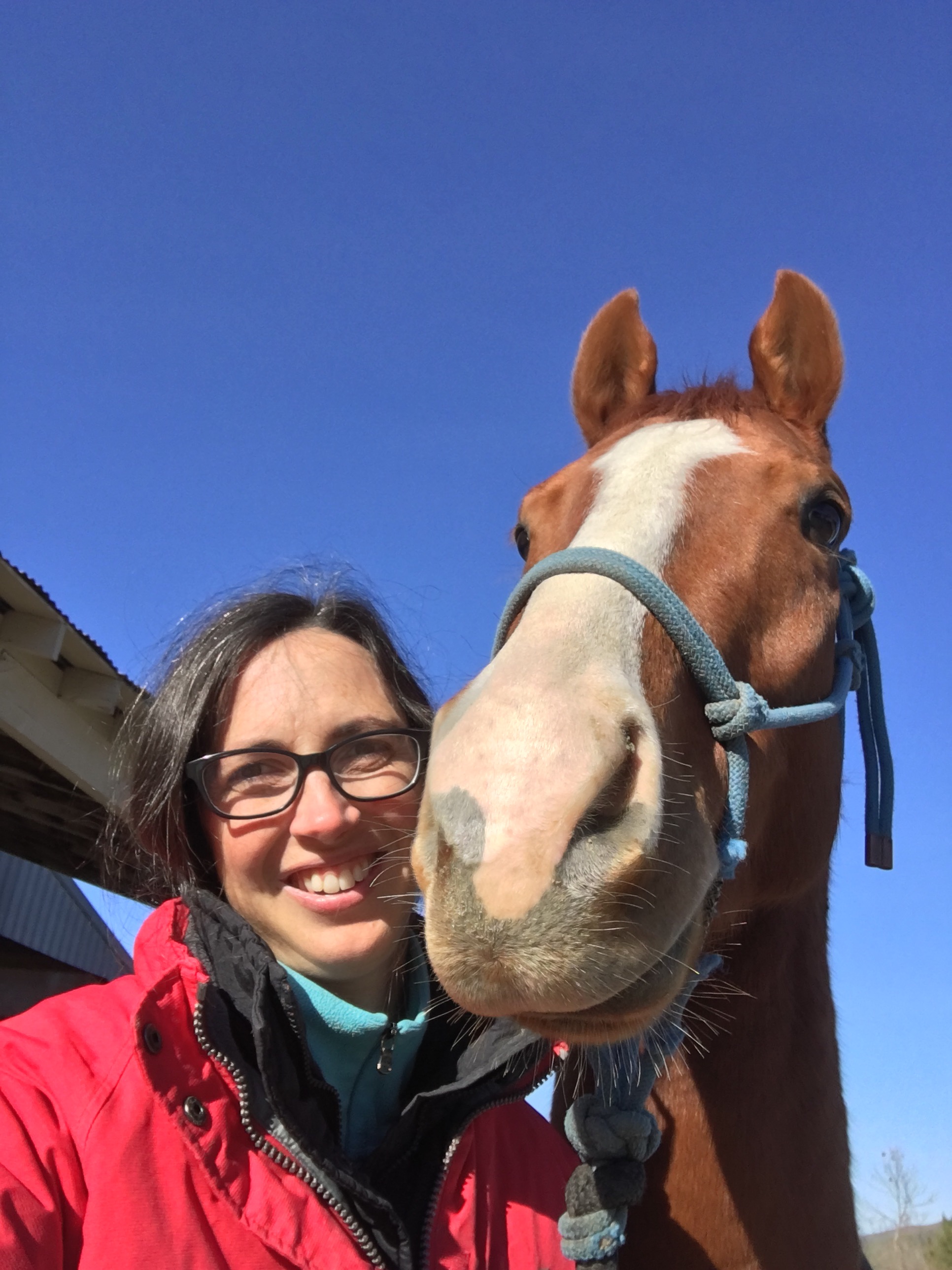 Me and Olympic Maize
Me and Olympic Maize

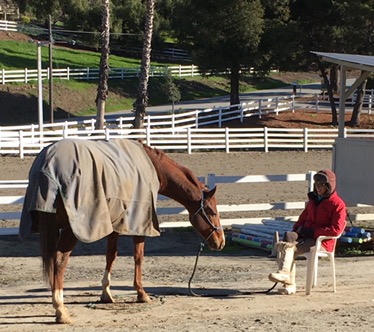
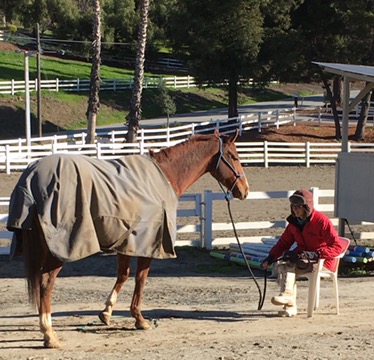
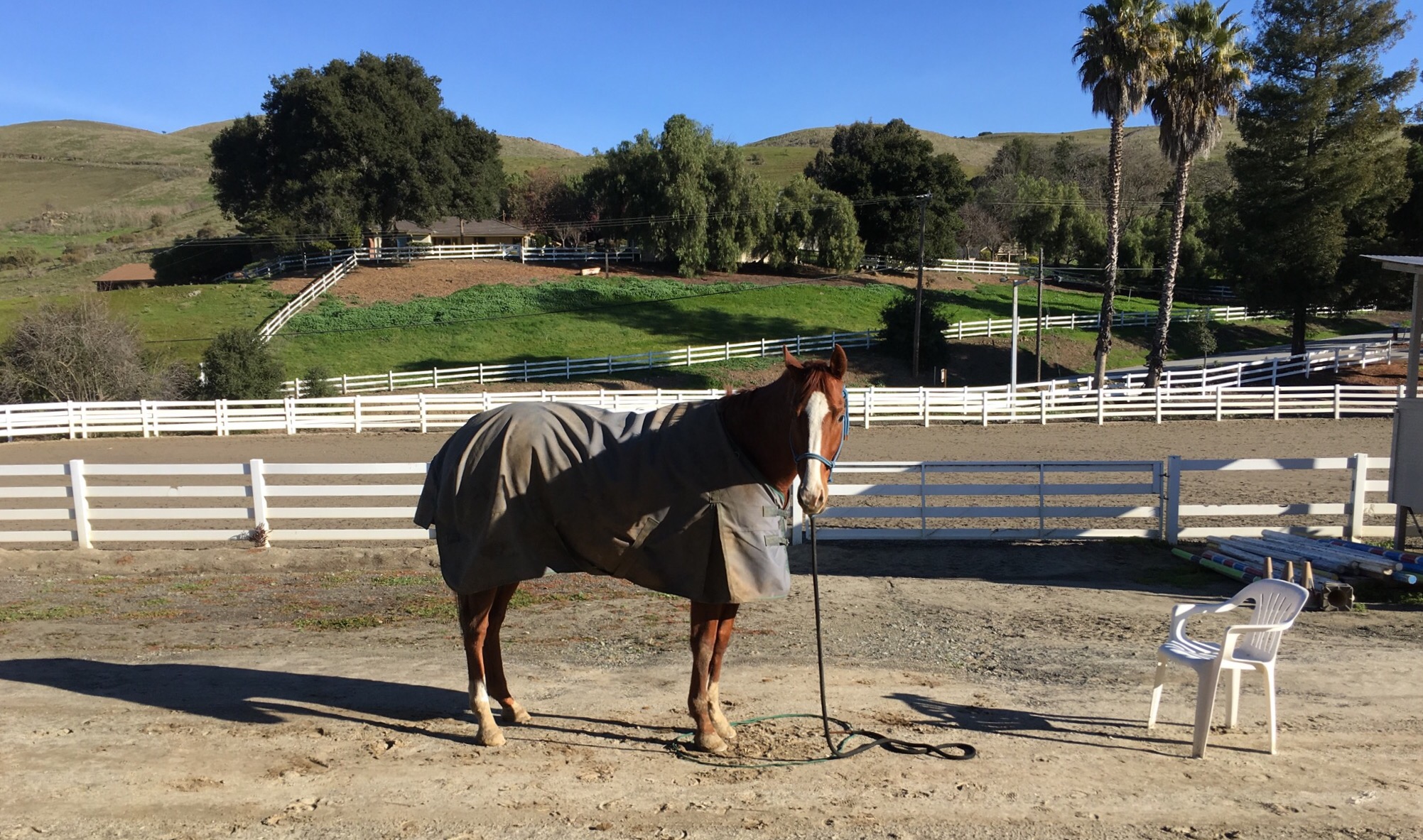


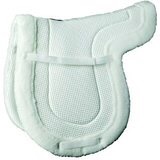

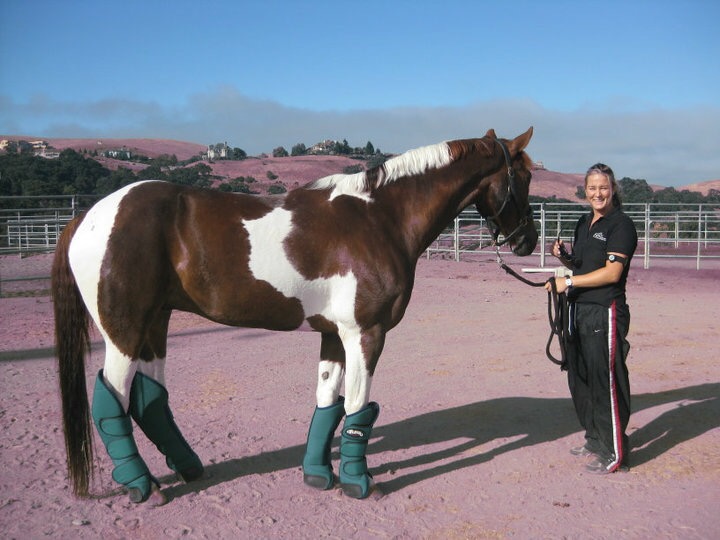
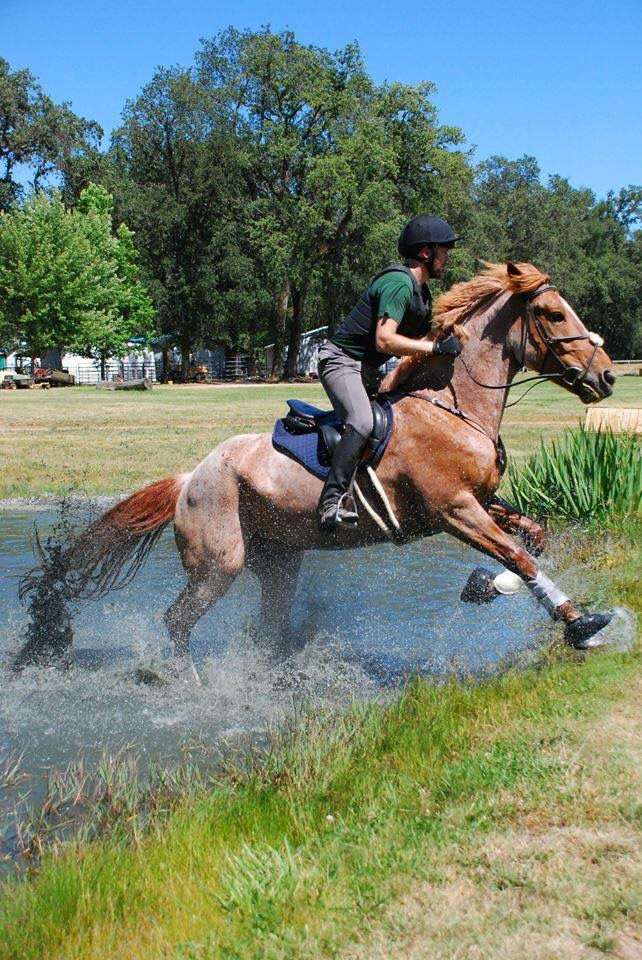
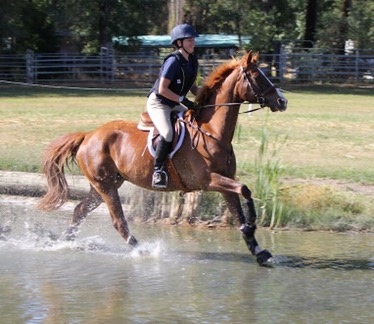

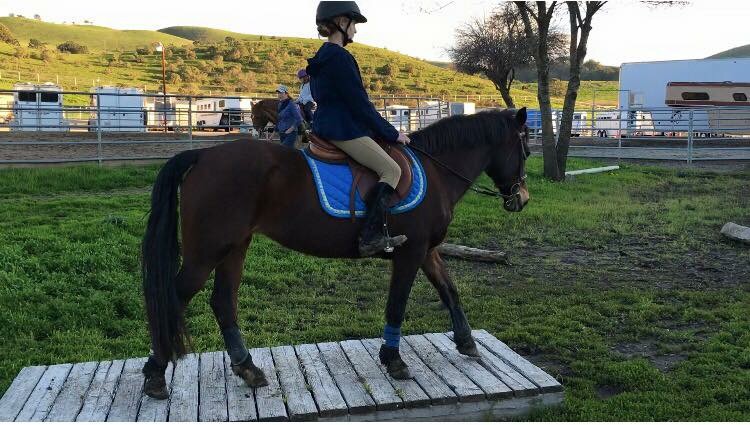

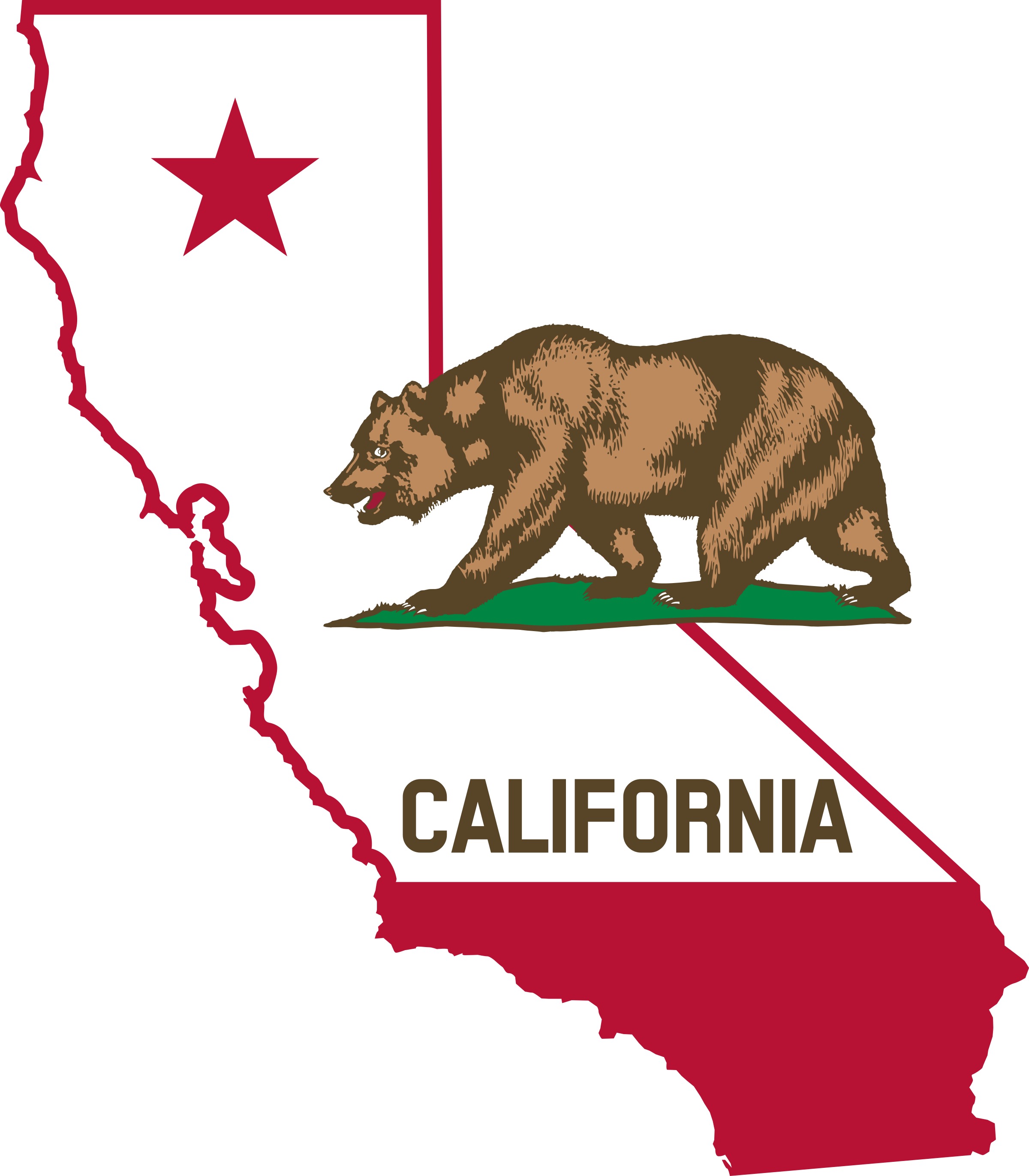
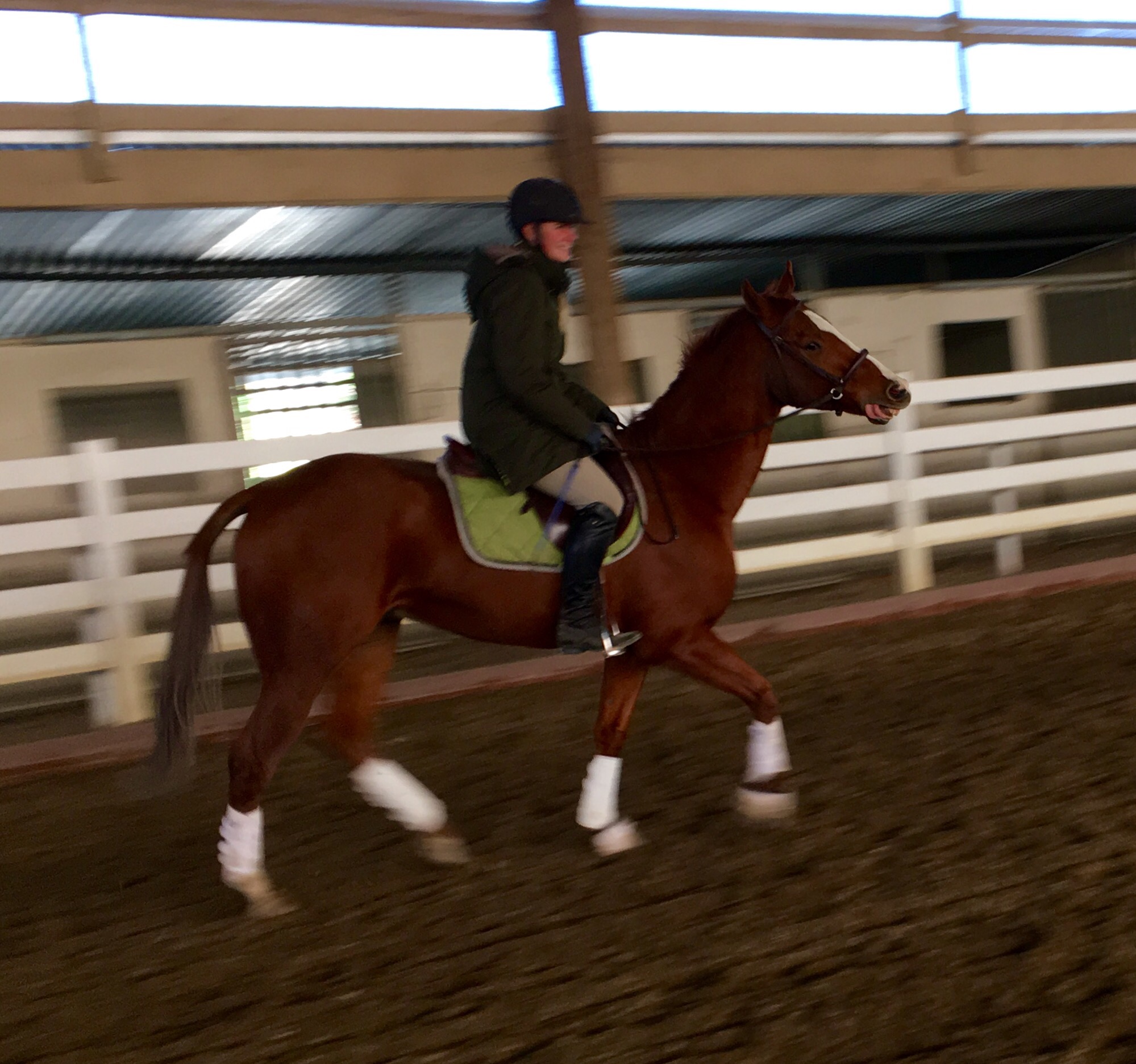


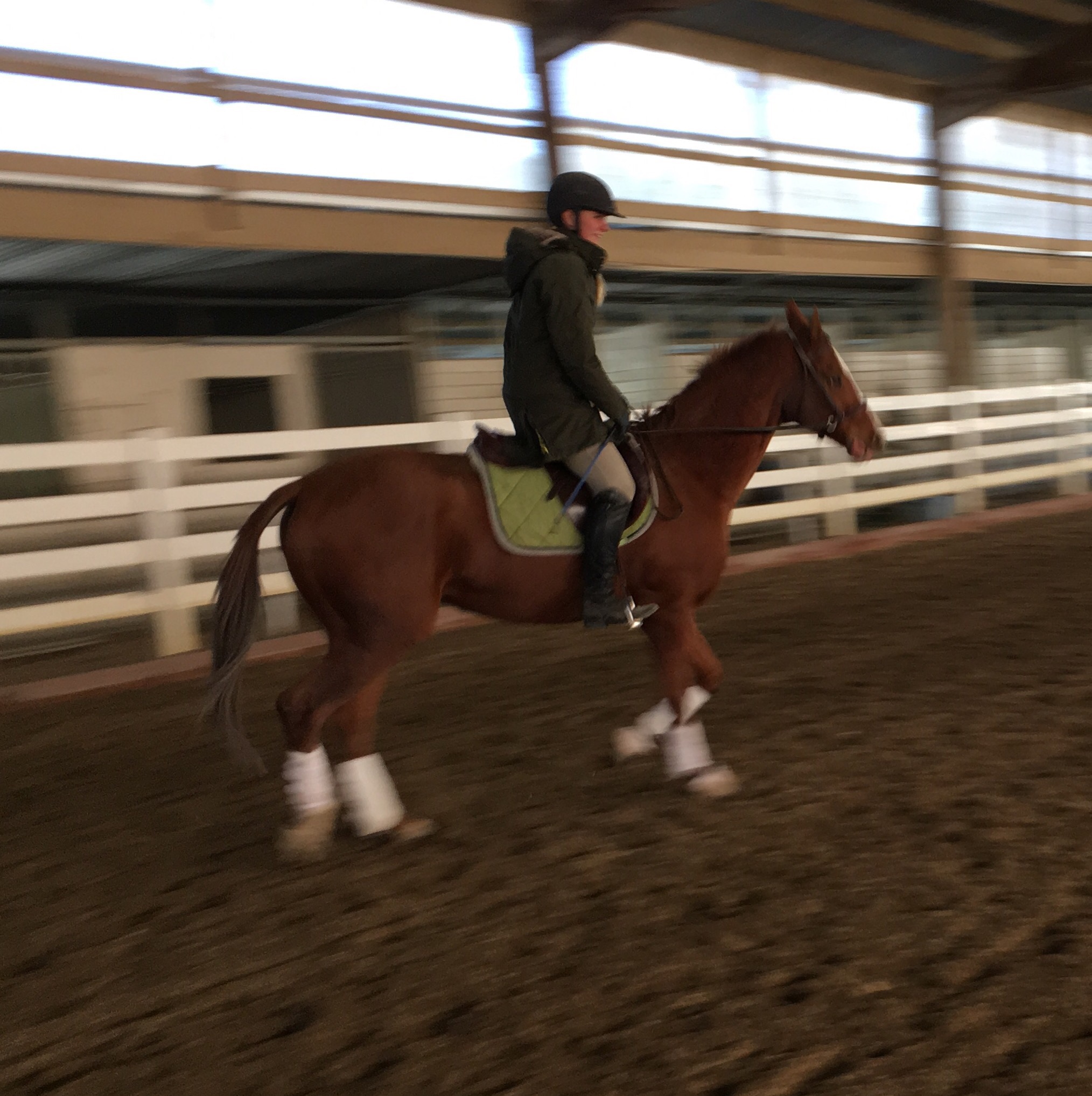
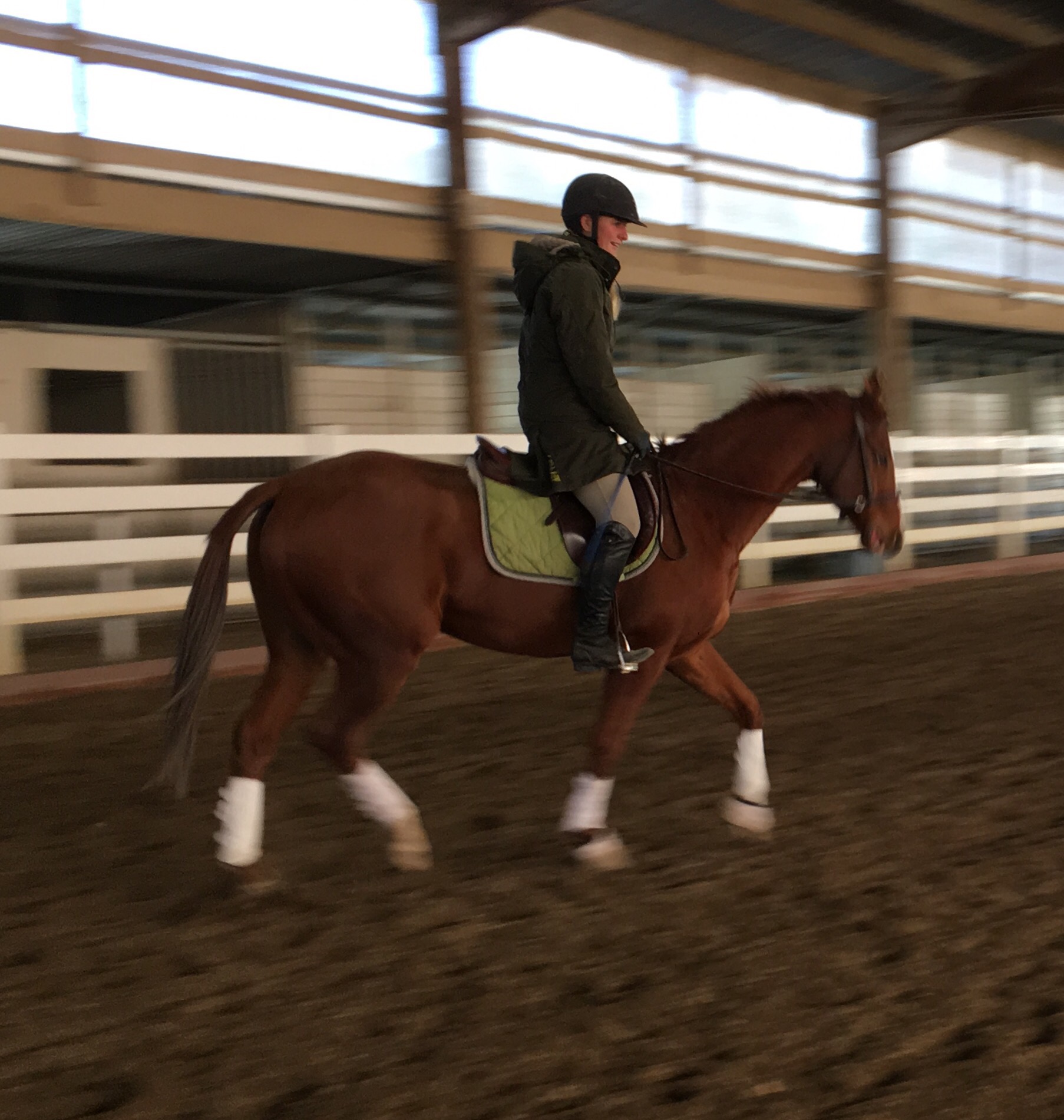

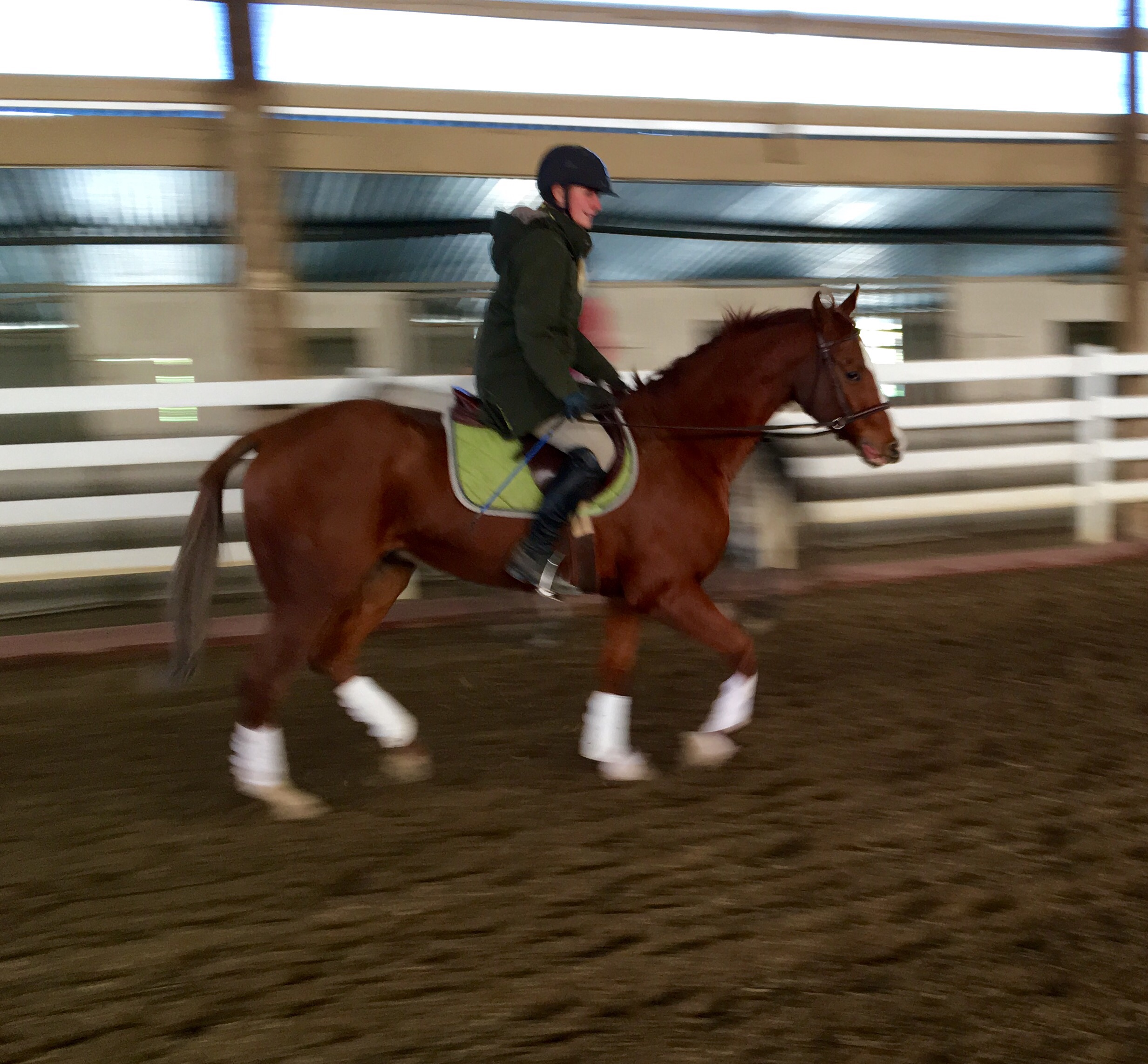
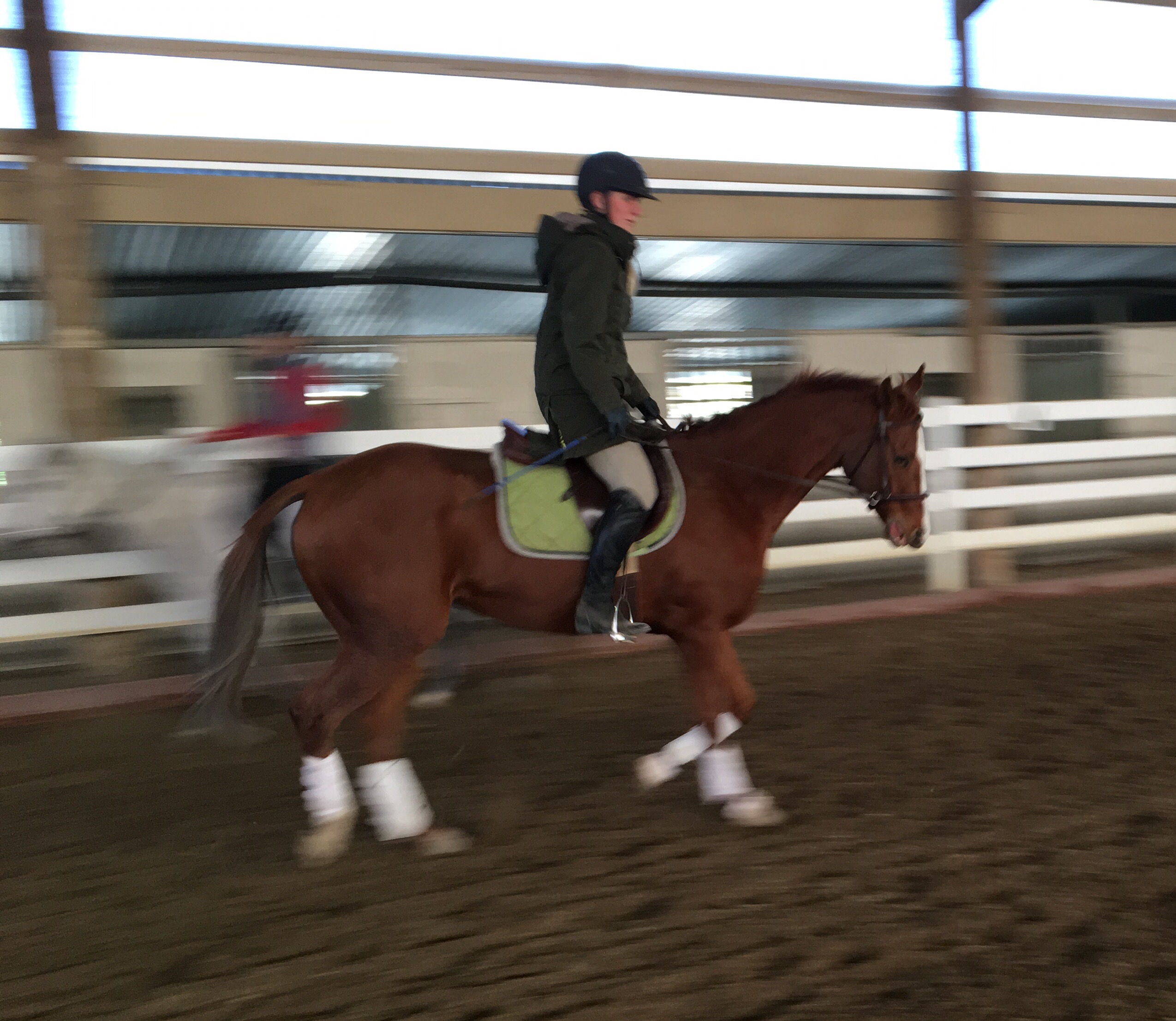
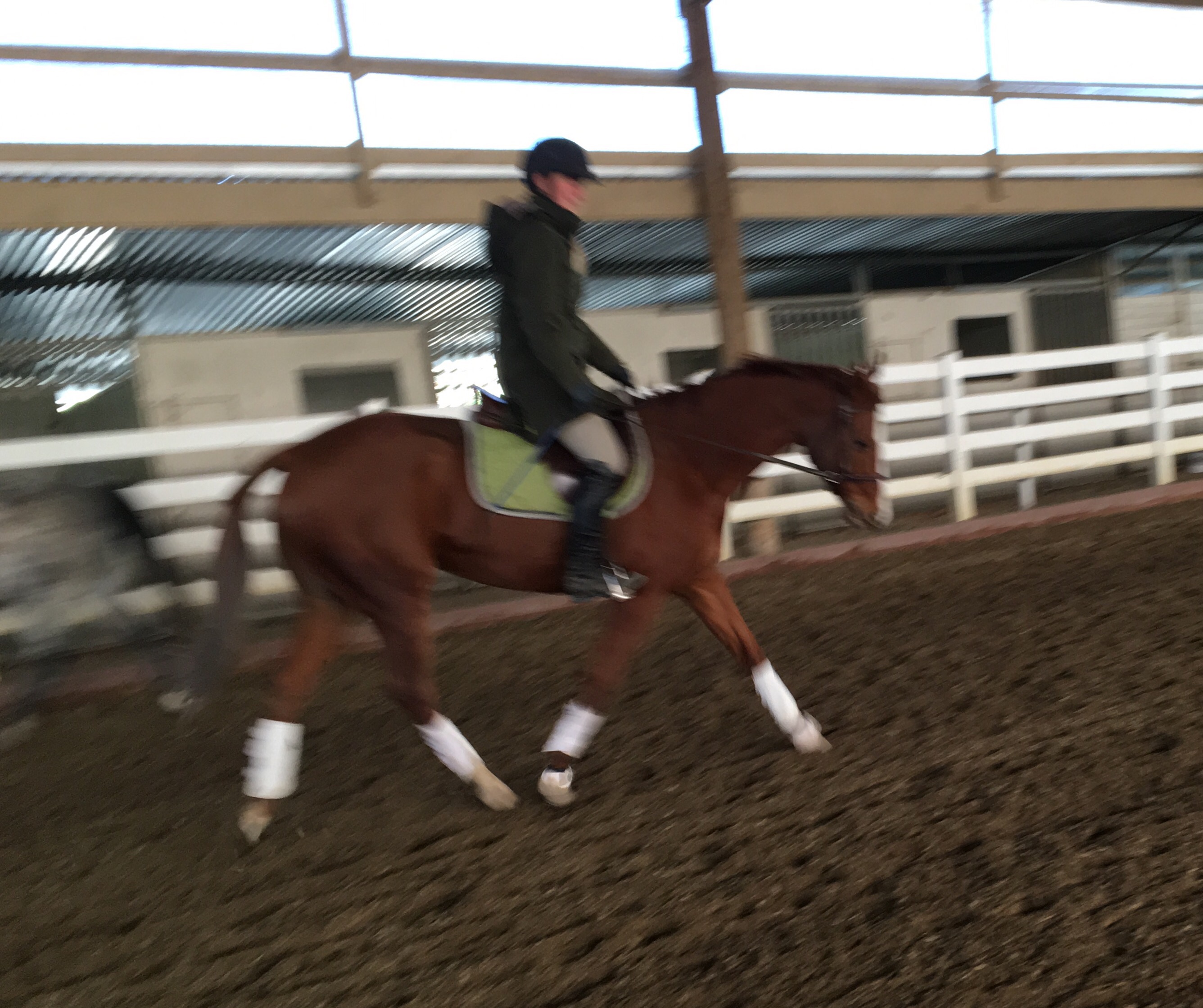
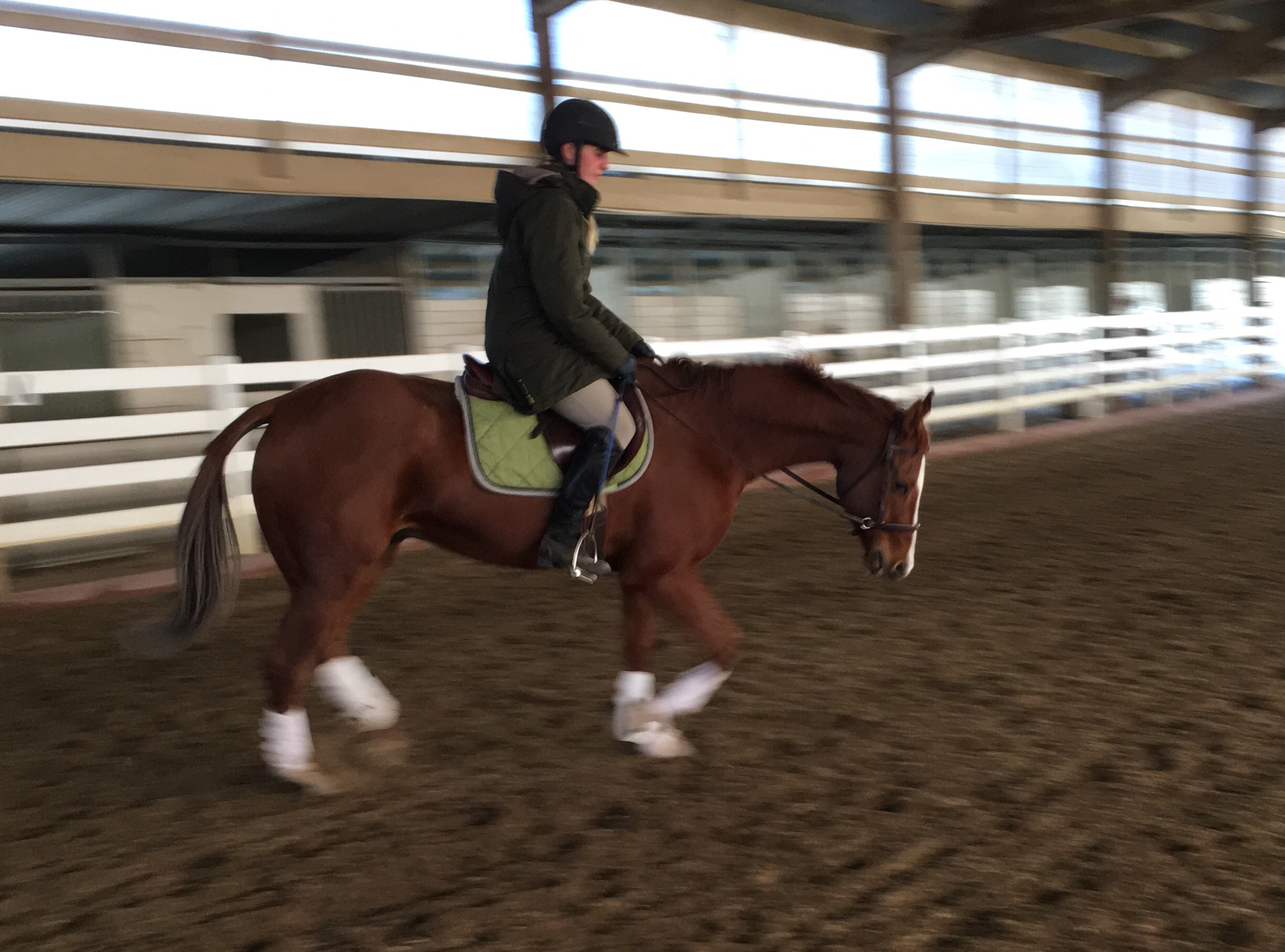
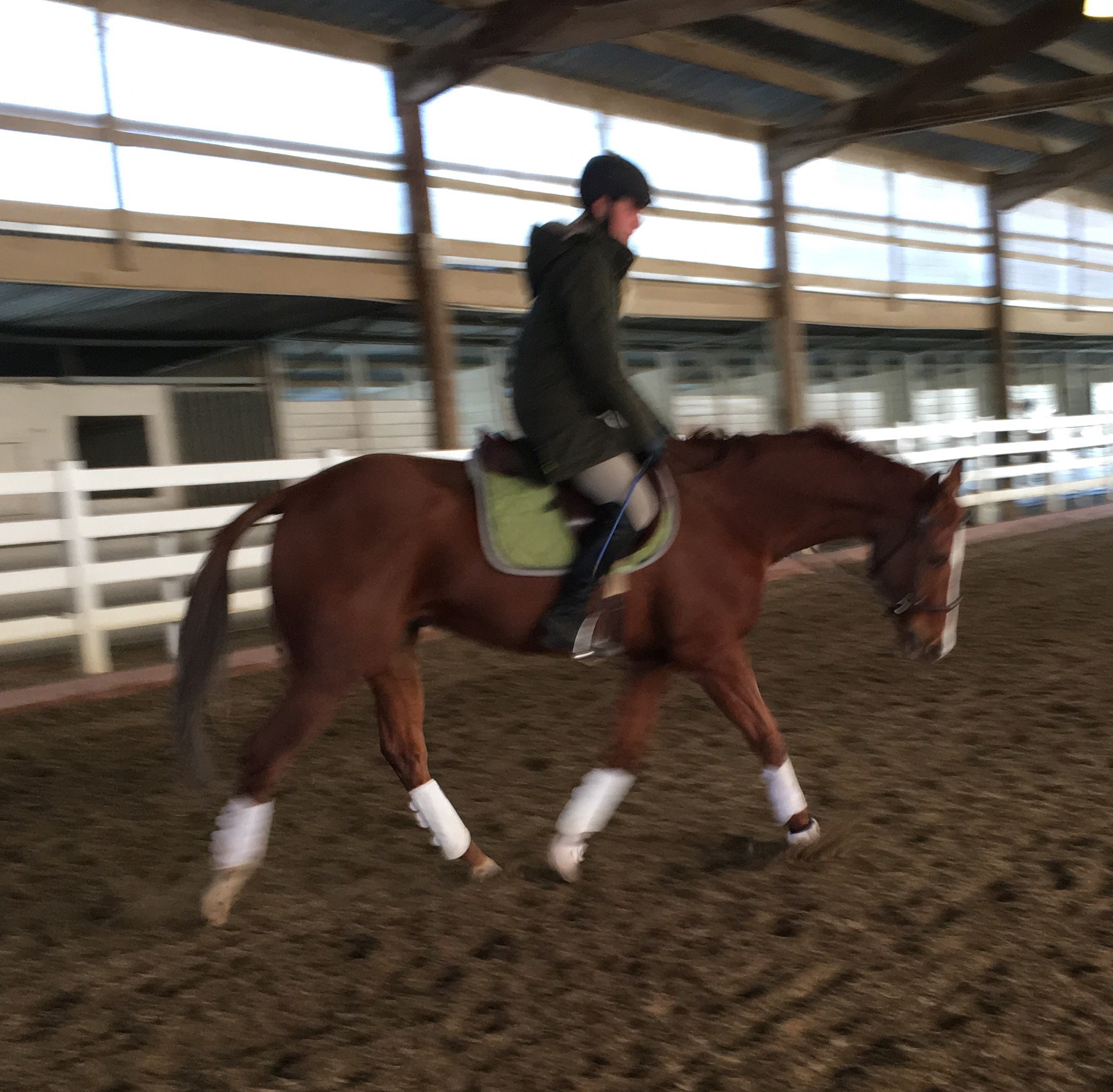
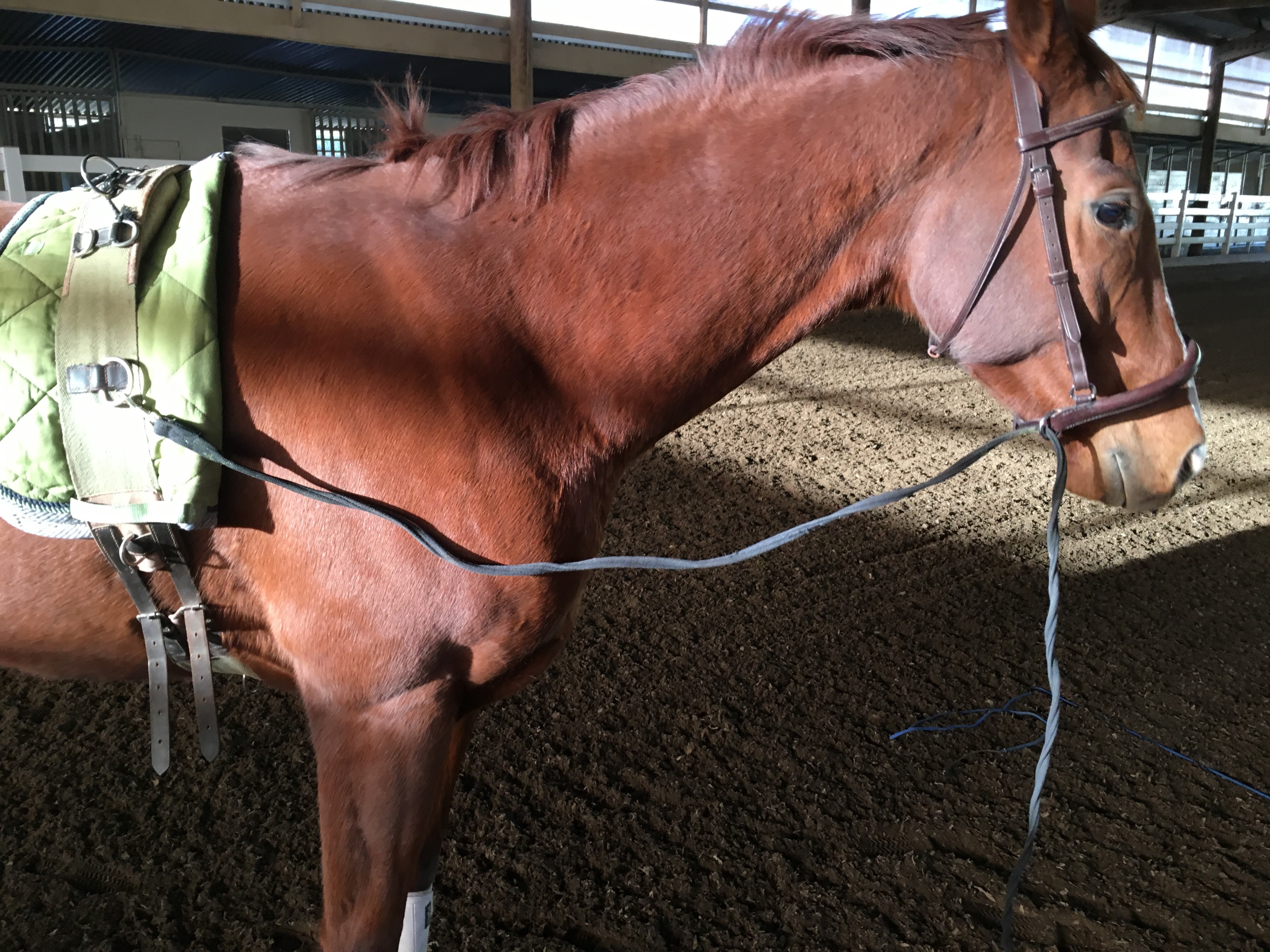
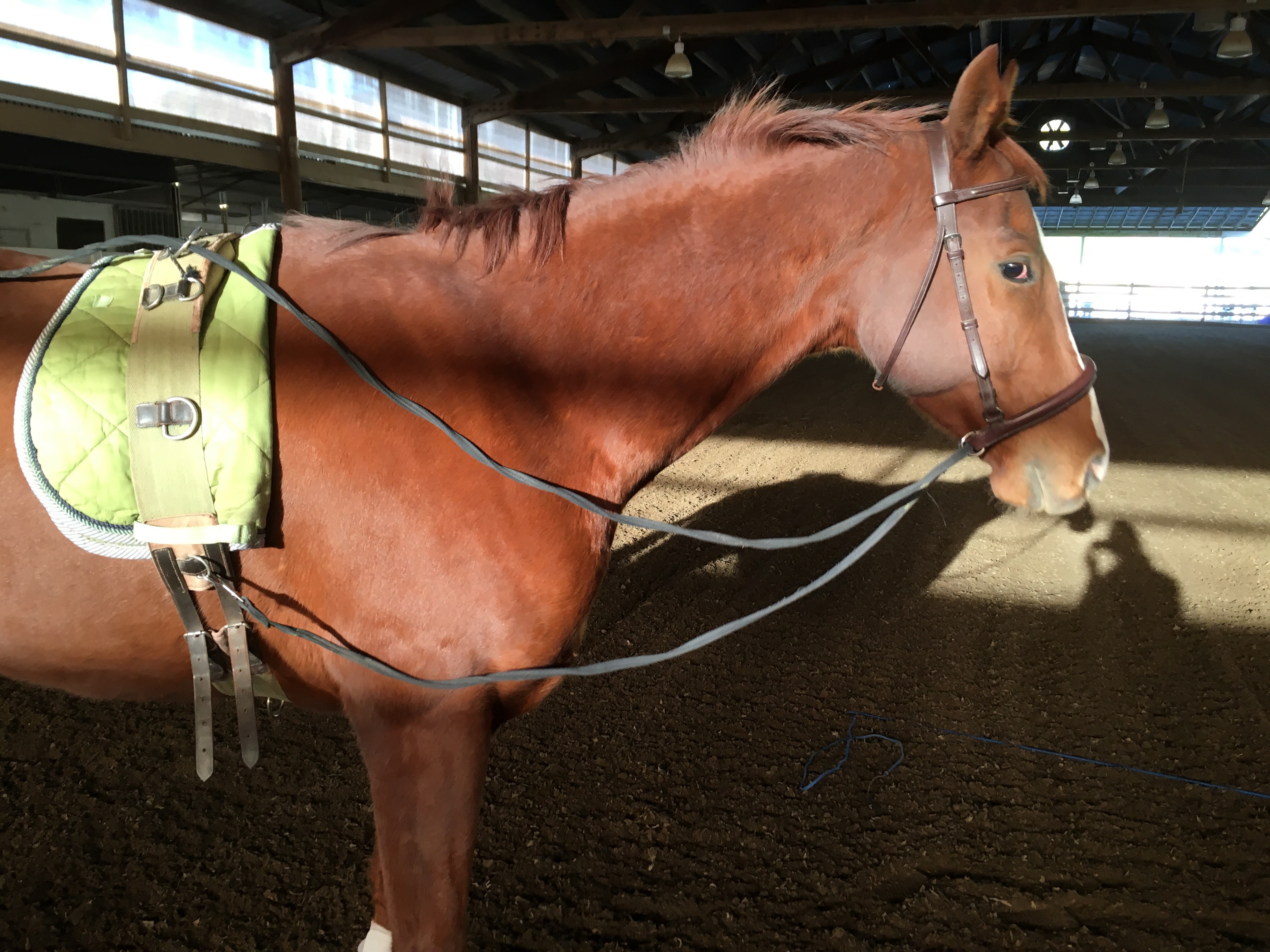
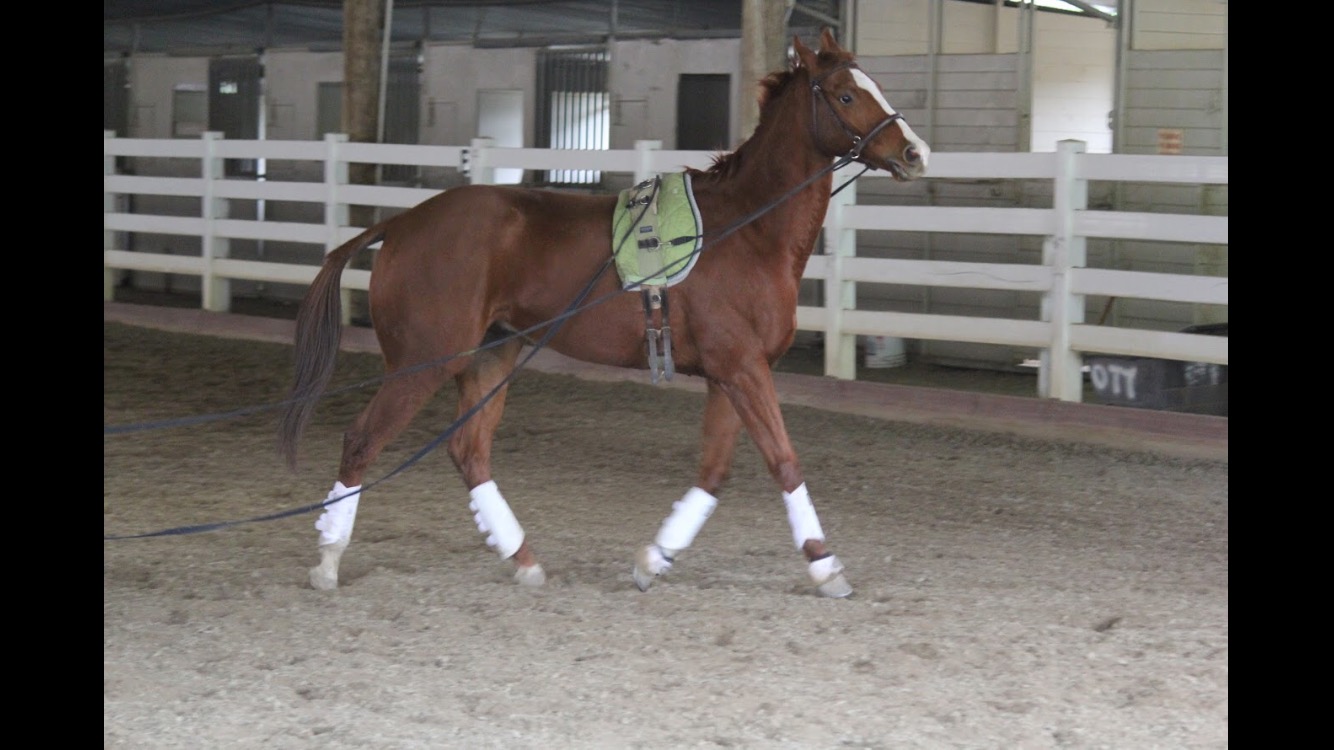 This is a picture of a hollow horse. Corny feels pressure on the bridle, pushes the bottom of his neck forward and drops his back behind the withers
This is a picture of a hollow horse. Corny feels pressure on the bridle, pushes the bottom of his neck forward and drops his back behind the withers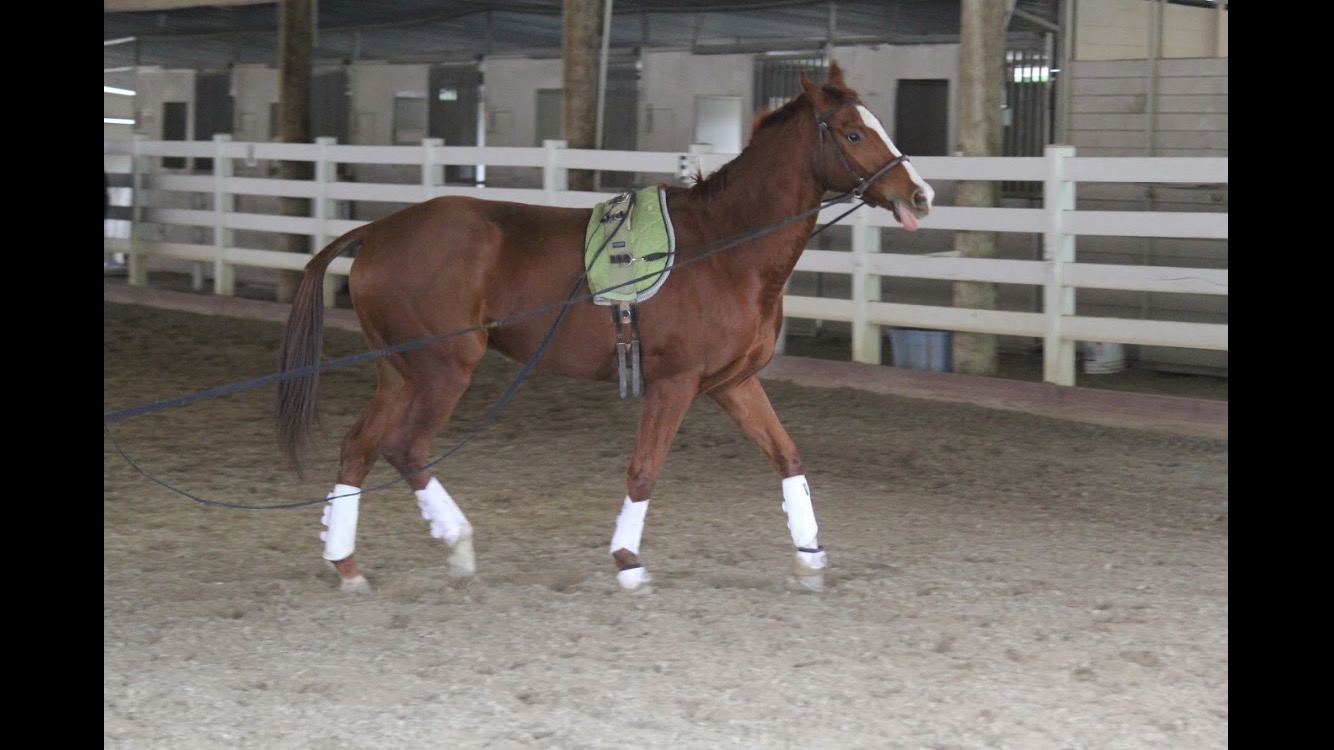 Corny is still fighting the pressure though maybe his head isn’t so high now. His stress indicator is now showing (his tongue)
Corny is still fighting the pressure though maybe his head isn’t so high now. His stress indicator is now showing (his tongue)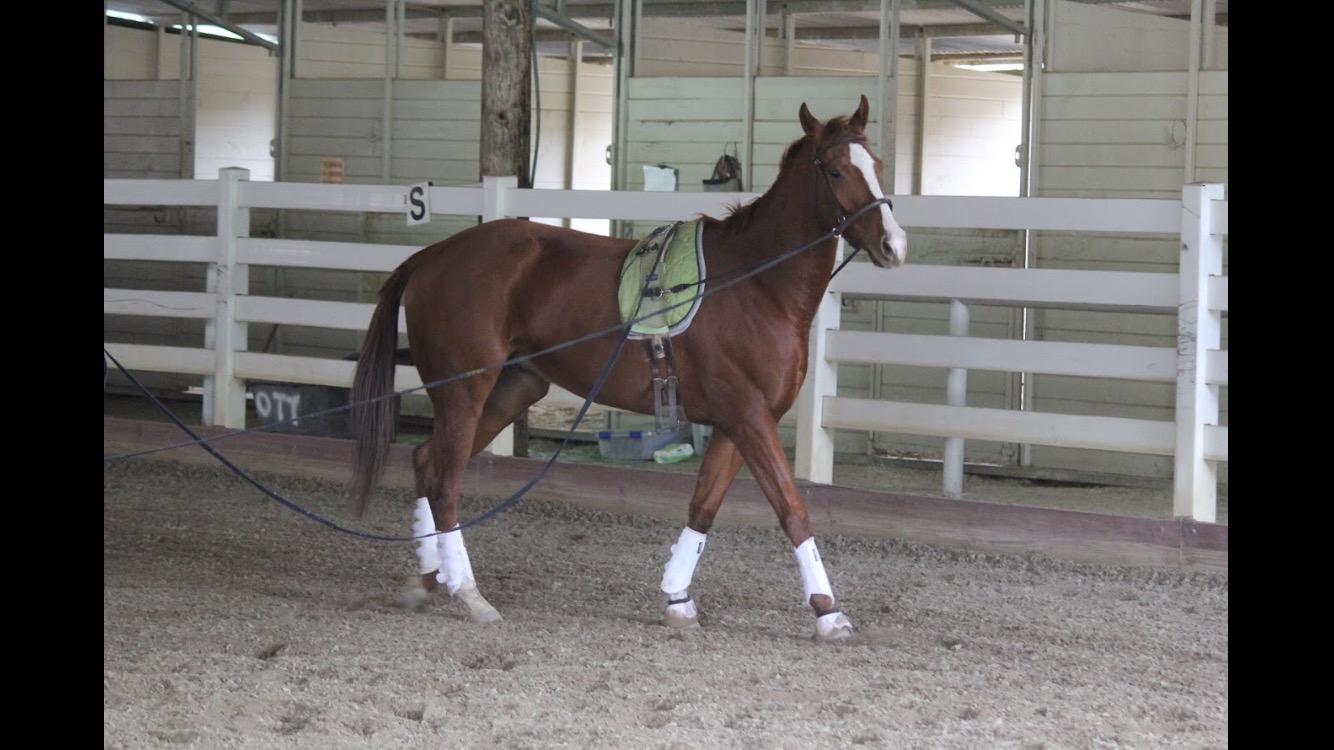 Corny is beginning to experiment by taking his head a bit laterally to yield to the rein pressure
Corny is beginning to experiment by taking his head a bit laterally to yield to the rein pressure

